Nature's Pharmacy: Inflammation Fighters Rivaling Your Medicine Cabinet
This isn’t about trendy superfoods or complicated regimens—it’s about flavor meeting function. We’ve now expanded our list of culinary warriors that do more than nourish; they help heal. From vibrant spices to powerhouse vegetables, each one offers unique benefits that support long-term wellness. So before you reach for another supplement, take a look at your plate. The fight against inflammation might just start with your next bite. Let’s dig in.
1. Turmeric: The Golden Healer
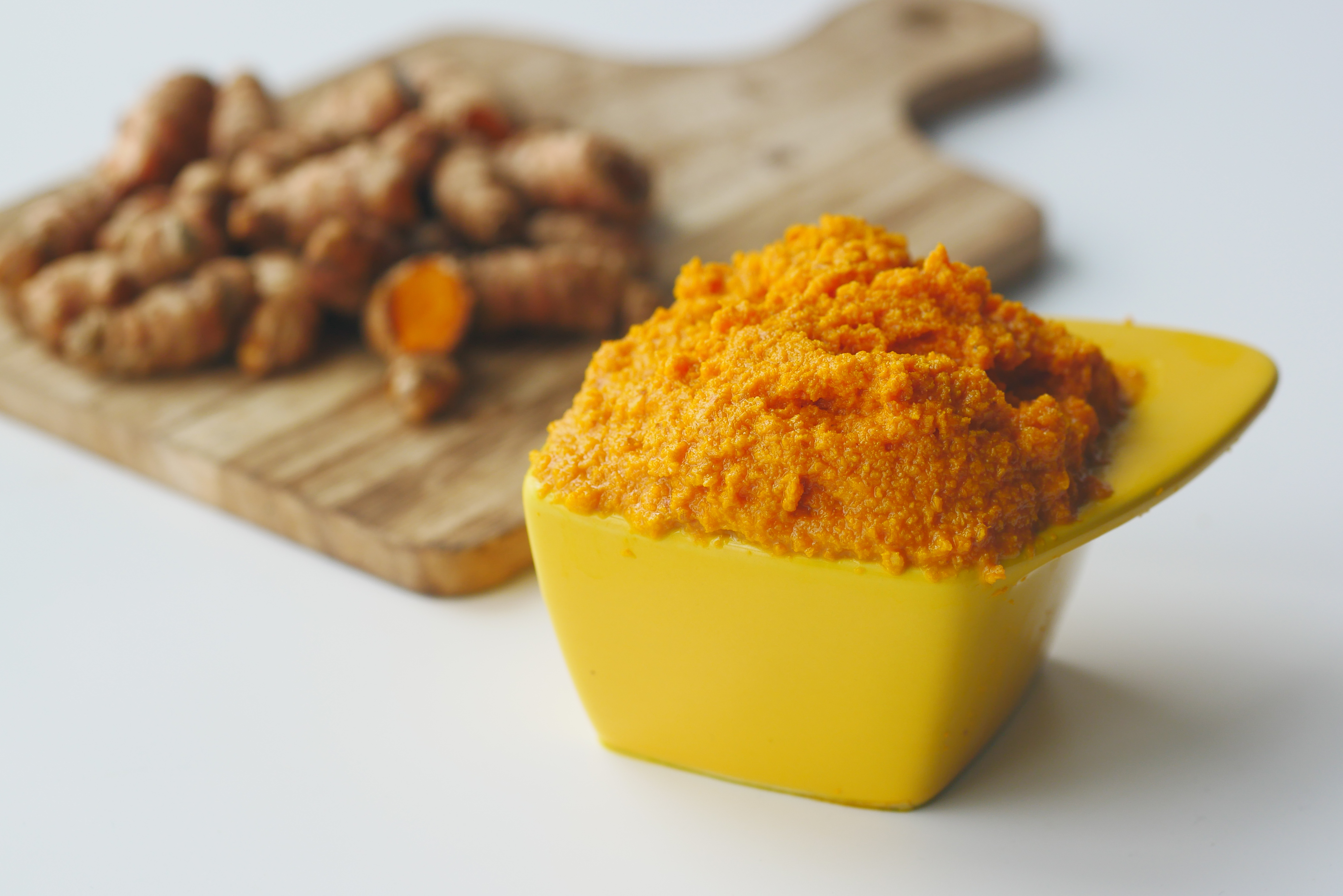
Turmeric, often referred to as the "golden spice," has been used in traditional medicine for centuries. Its vibrant yellow hue is due to curcumin, a compound with potent anti-inflammatory and antioxidant properties. Curcumin works by suppressing various molecules known to play significant roles in inflammation. Numerous studies have demonstrated turmeric's ability to reduce inflammation, with some suggesting it may be as effective as certain anti-inflammatory drugs, minus the side effects. Beyond its health benefits, turmeric is versatile in the kitchen. It's a staple in Indian cuisine, used in curries, soups, and teas. To enhance its absorption, pair turmeric with black pepper, which contains piperine, a natural substance that increases curcumin absorption by 2000%. By incorporating turmeric into your daily diet, you embrace a time-honored remedy that not only adds flavor but also contributes significantly to reducing inflammation.
2. Ginger: The Zesty Defender
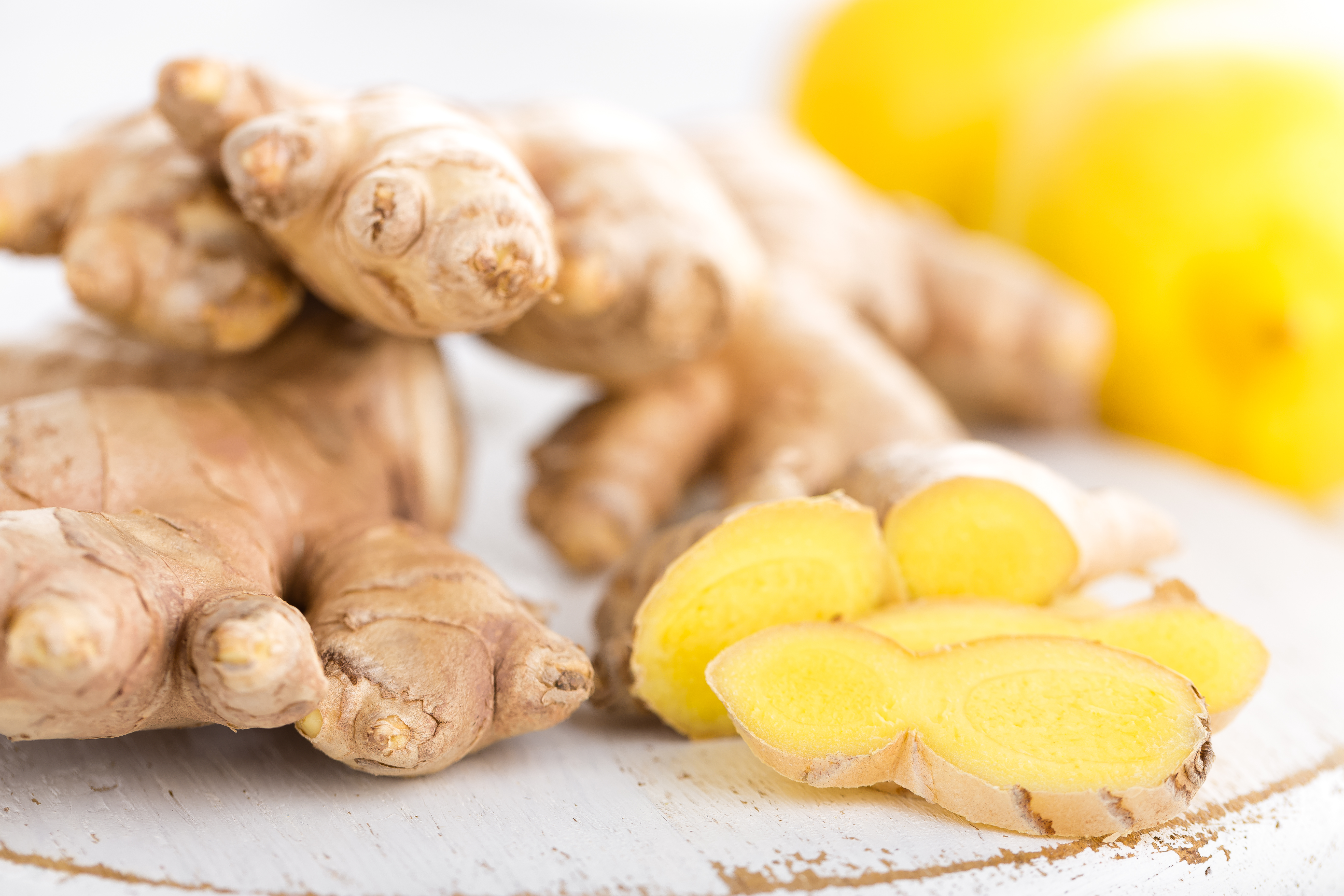
Ginger, with its distinctive spicy aroma, is another culinary warrior with impressive anti-inflammatory properties. This root has been used for centuries in both culinary and medicinal contexts. Ginger contains gingerol, a bioactive compound responsible for much of its medicinal properties. Studies have shown that ginger can effectively reduce inflammation and pain, particularly in conditions like osteoarthritis. Its benefits extend beyond inflammation, as ginger also aids digestion and helps combat nausea. In the kitchen, ginger is incredibly versatile. It can be grated into stir-fries, brewed into tea, or added to smoothies for a zesty kick. Fresh or powdered, ginger is a flavorful addition to both sweet and savory dishes. By making ginger a regular part of your diet, you harness a natural remedy that not only enhances flavor but also contributes to your overall well-being.
3. Berries: Nature’s Antioxidant Powerhouses
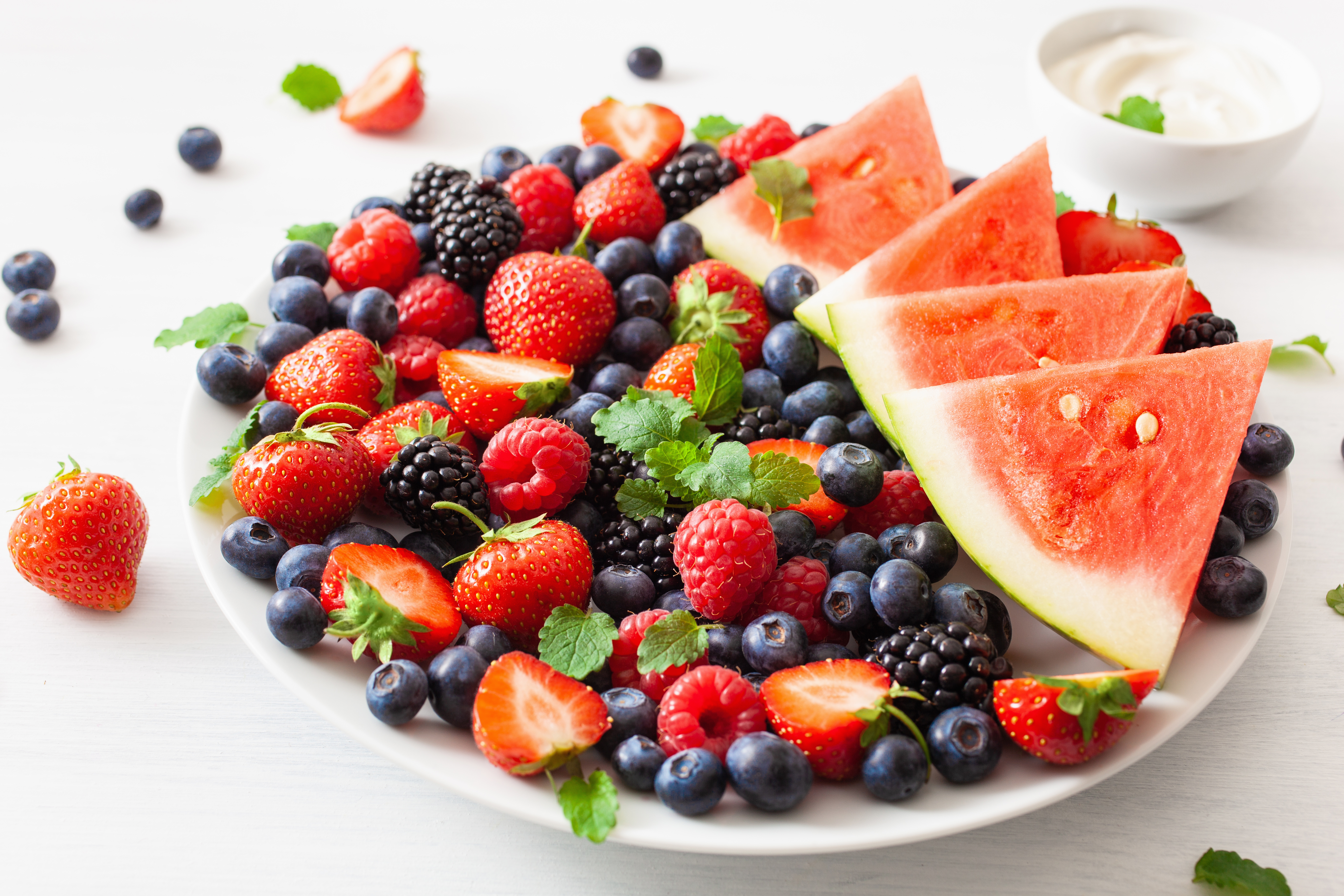
Berries, including blueberries, strawberries, and raspberries, are small but mighty when it comes to fighting inflammation. They are rich in antioxidants, particularly anthocyanins, which give berries their vibrant colors and have been shown to reduce inflammation. These antioxidants work by neutralizing free radicals, which can cause cellular damage and lead to chronic inflammation. Research indicates that regular consumption of berries can lower markers of inflammation and improve heart health. Berries are also high in fiber and vitamins, making them a nutritious addition to any diet. They can be enjoyed fresh, frozen, or dried, and are perfect for adding to yogurt, oatmeal, or smoothies. By incorporating a variety of berries into your diet, you not only indulge in their sweet and tart flavors but also fortify your body against inflammation.
4. Leafy Greens: The Verdant Protectors
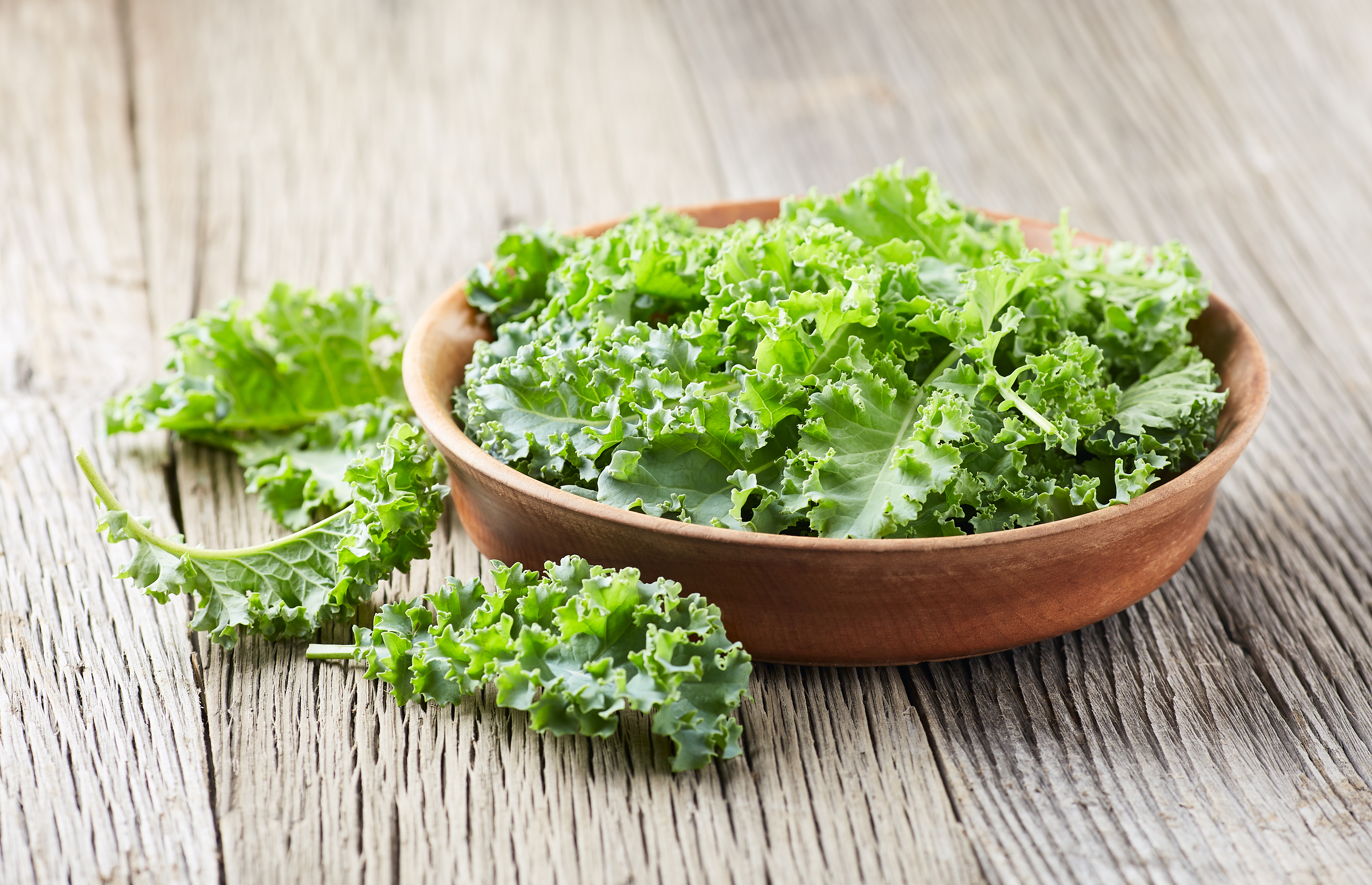
Leafy greens, such as spinach, kale, and Swiss chard, are nutritional powerhouses packed with vitamins, minerals, and antioxidants. These greens are particularly high in vitamin K, which has been shown to help reduce inflammation. They also contain compounds like sulforaphane, which has potent anti-inflammatory effects. Regular consumption of leafy greens is associated with a lower risk of chronic diseases, including heart disease and cancer. In the culinary world, leafy greens are incredibly versatile. They can be eaten raw in salads, sautéed as a side dish, or blended into smoothies. Their mild flavor makes them an easy addition to a variety of dishes. By incorporating leafy greens into your meals, you not only boost your nutrient intake but also strengthen your body's defenses against inflammation.
5. Fatty Fish: Omega-3 Champions
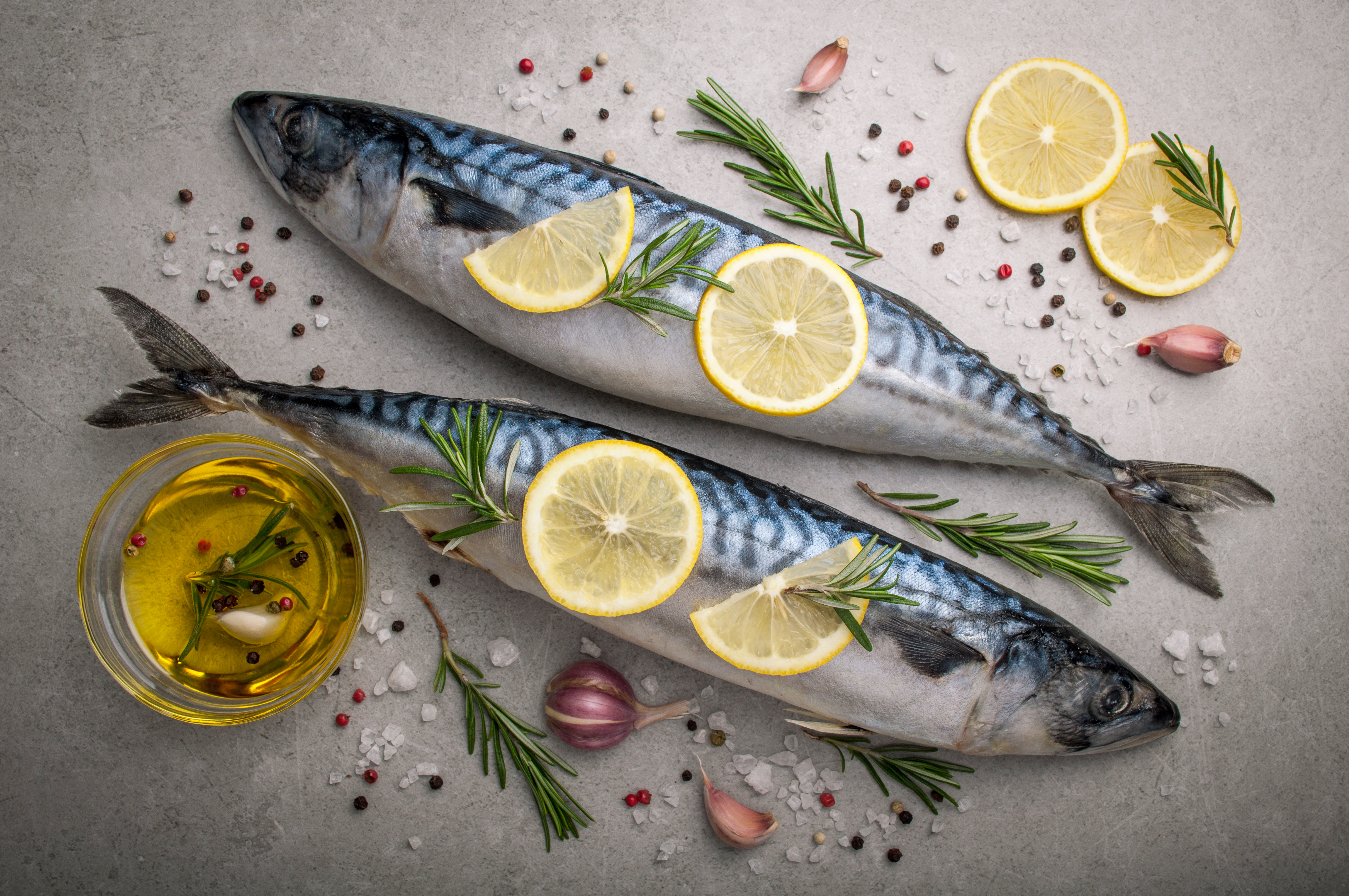
Fatty fish, such as salmon, mackerel, and sardines, are among the best sources of omega-3 fatty acids, which are renowned for their anti-inflammatory properties. Omega-3s work by reducing the production of inflammatory molecules and have been shown to decrease inflammation in various conditions, including heart disease and arthritis. Regular consumption of fatty fish is linked to numerous health benefits, including improved heart health and reduced risk of chronic diseases. In the kitchen, fatty fish is a versatile ingredient that can be grilled, baked, or pan-seared. Its rich flavor and tender texture make it a favorite among seafood lovers. By including fatty fish in your diet, you not only enjoy a delicious source of protein but also benefit from its powerful anti-inflammatory effects.
6. Nuts and Seeds: The Crunchy Sentries

Nuts and seeds, such as almonds, walnuts, and flaxseeds, are rich in healthy fats, fiber, and antioxidants. These tiny powerhouses are particularly high in alpha-linolenic acid (ALA), a type of omega-3 fatty acid that helps reduce inflammation. Nuts and seeds also contain magnesium, which has been shown to have anti-inflammatory effects. Regular consumption of nuts and seeds is associated with a lower risk of chronic diseases, including heart disease and diabetes. They are a convenient and versatile snack that can be enjoyed on their own or added to salads, oatmeal, or yogurt. By incorporating a variety of nuts and seeds into your diet, you not only enjoy their crunchy texture and nutty flavor but also bolster your body's defense against inflammation.
7. Olive Oil: The Liquid Gold
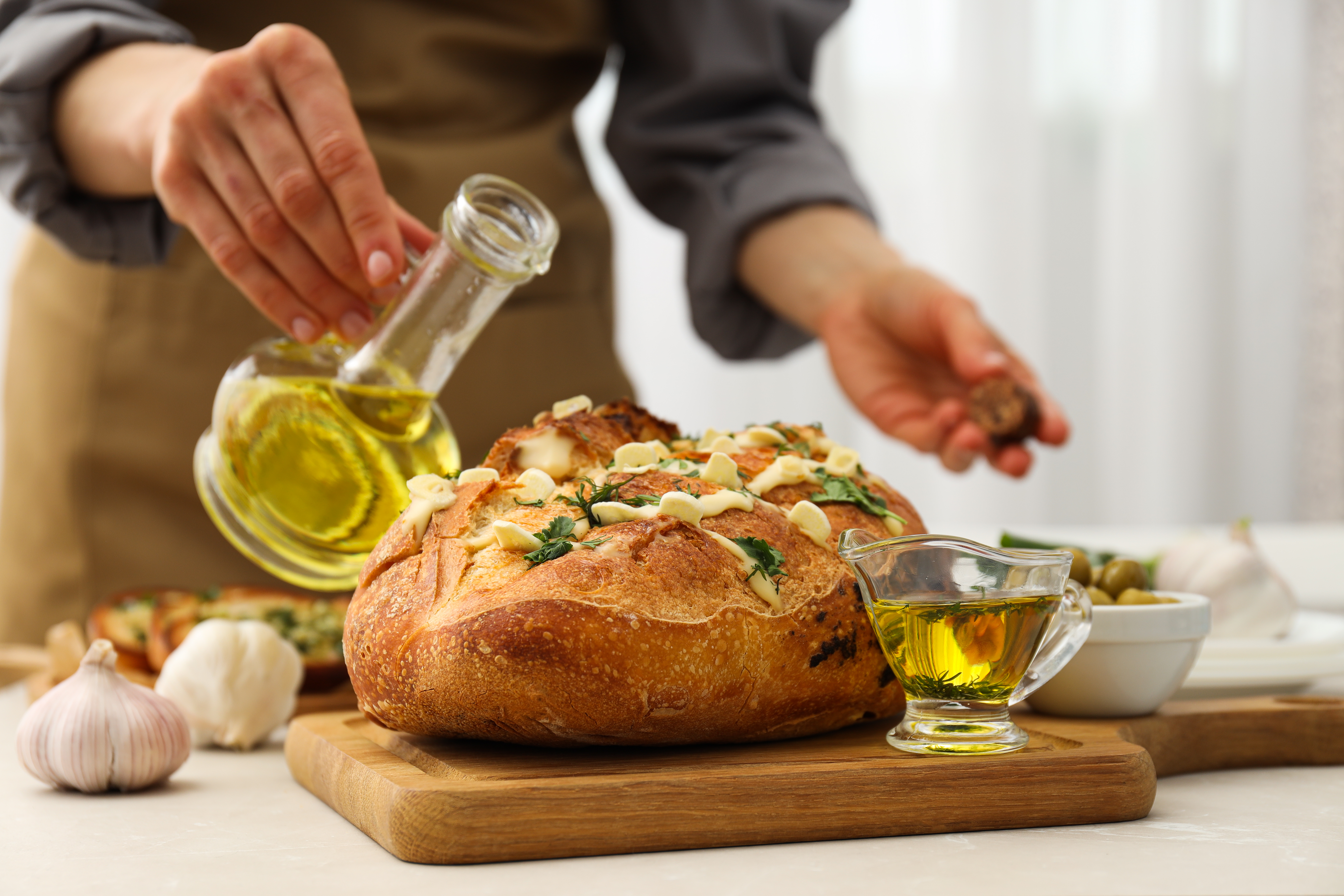
Olive oil, particularly extra virgin olive oil, is a staple of the Mediterranean diet and is renowned for its health benefits. It is rich in monounsaturated fats and contains oleocanthal, a compound with anti-inflammatory properties similar to ibuprofen. Studies have shown that regular consumption of olive oil can reduce inflammation and lower the risk of chronic diseases, including heart disease and cancer. In the kitchen, olive oil is a versatile ingredient that can be used for cooking, baking, or as a dressing for salads. Its rich flavor and smooth texture make it a favorite among chefs and home cooks alike. By incorporating olive oil into your diet, you not only enhance the flavor of your dishes but also benefit from its powerful anti-inflammatory properties.
8. Garlic: The Pungent Protector
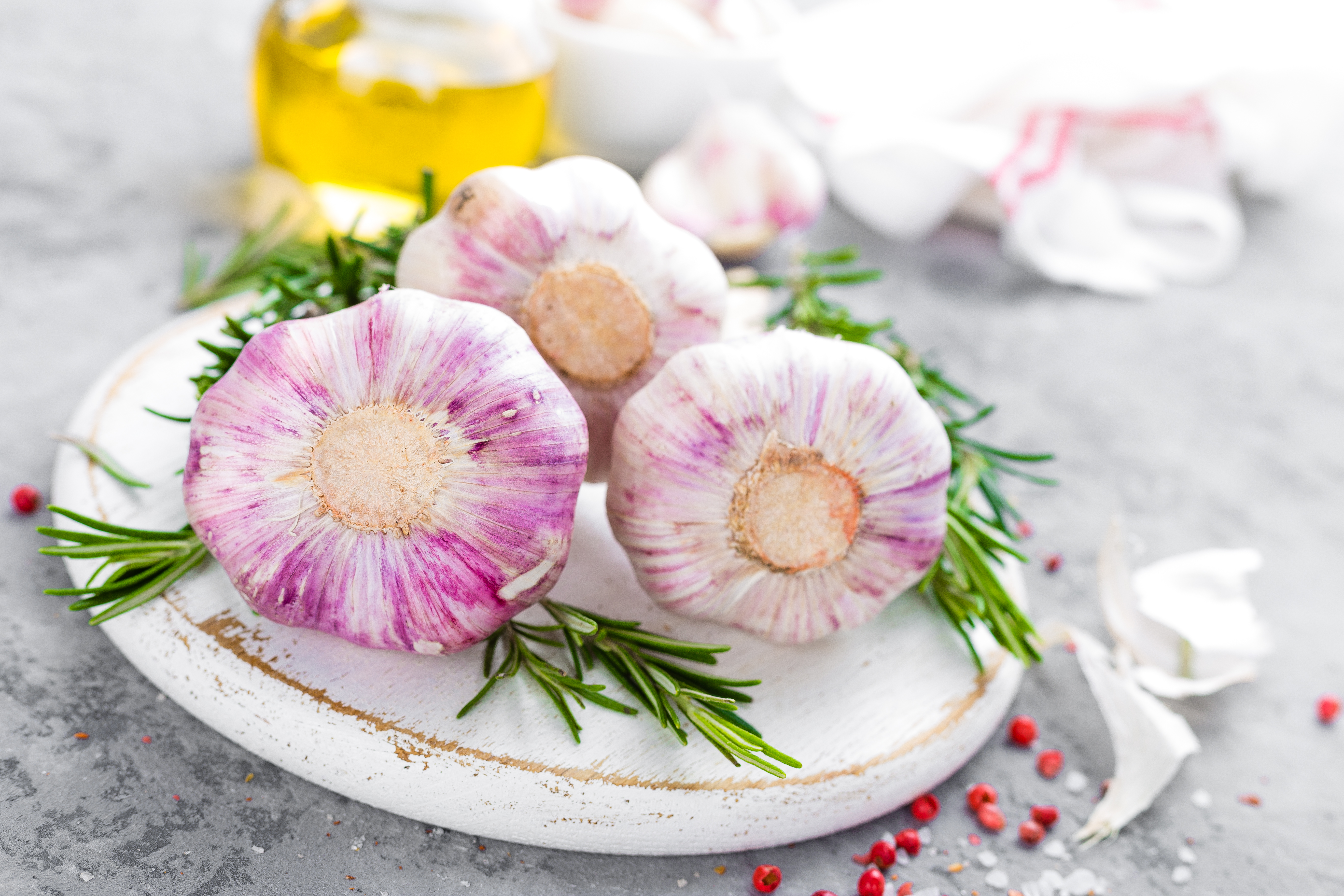
Garlic, with its distinctive aroma and flavor, is more than just a culinary staple. It contains allicin, a compound with potent anti-inflammatory and antioxidant properties. Studies have shown that garlic can reduce inflammation and boost immune function. Its benefits extend beyond inflammation, as garlic is also known to improve heart health and reduce the risk of certain cancers. In the kitchen, garlic is a versatile ingredient that can be used to enhance the flavor of a wide variety of dishes. It can be roasted, sautéed, or minced and added to sauces, soups, and marinades. By incorporating garlic into your diet, you not only enjoy its bold flavor but also fortify your body against inflammation.
9. Green Tea: The Soothing Elixir
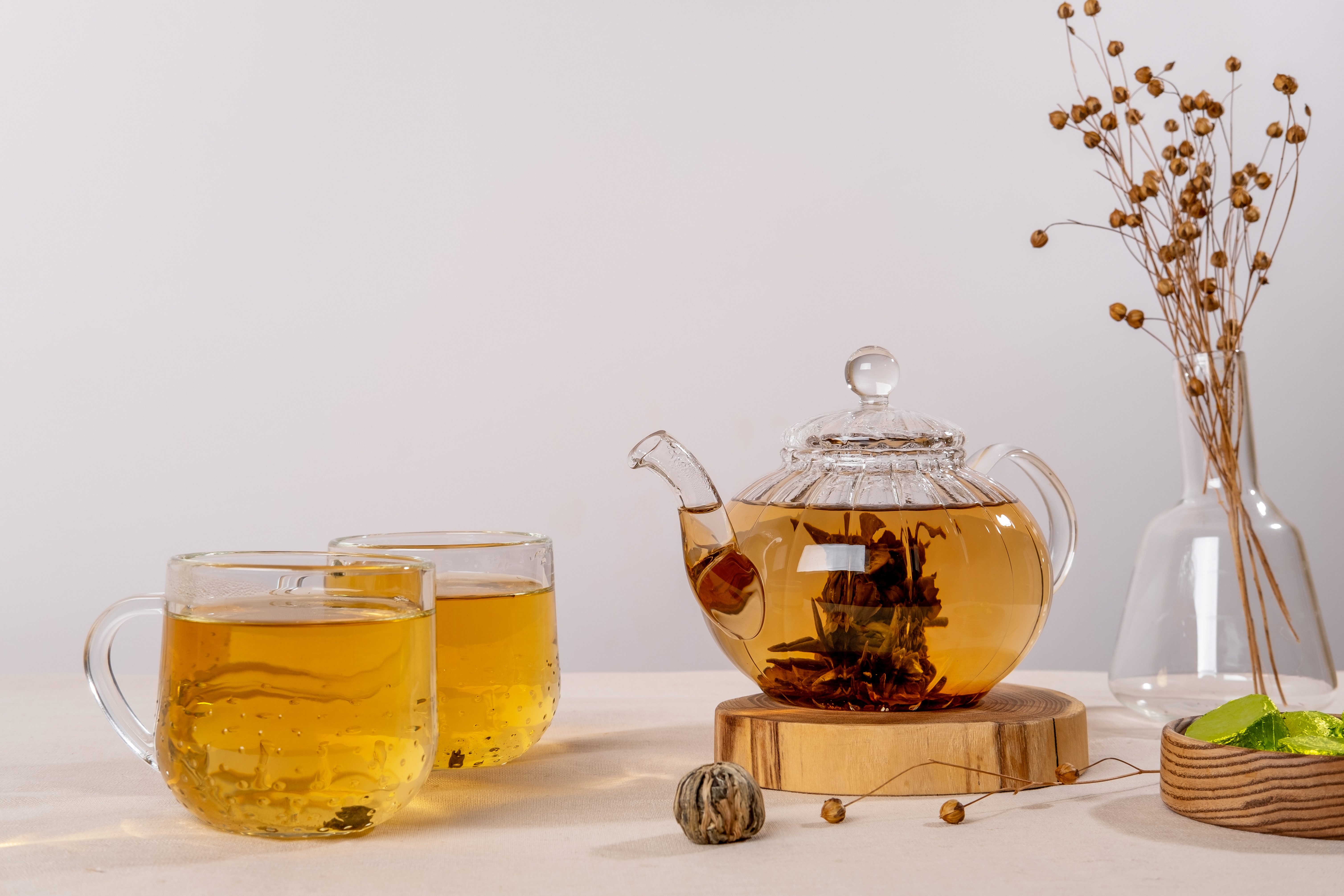
Green tea, revered for its health benefits, is rich in antioxidants, particularly catechins, which have been shown to reduce inflammation. One of the most powerful catechins in green tea is epigallocatechin gallate (EGCG), which has potent anti-inflammatory effects. Regular consumption of green tea is associated with a lower risk of chronic diseases, including heart disease and cancer. In addition to its health benefits, green tea is a soothing beverage that can be enjoyed hot or cold. Its mild flavor and refreshing taste make it a popular choice for tea lovers. By incorporating green tea into your daily routine, you not only enjoy a calming beverage but also harness its powerful anti-inflammatory properties.
10. Tomatoes: The Juicy Defenders
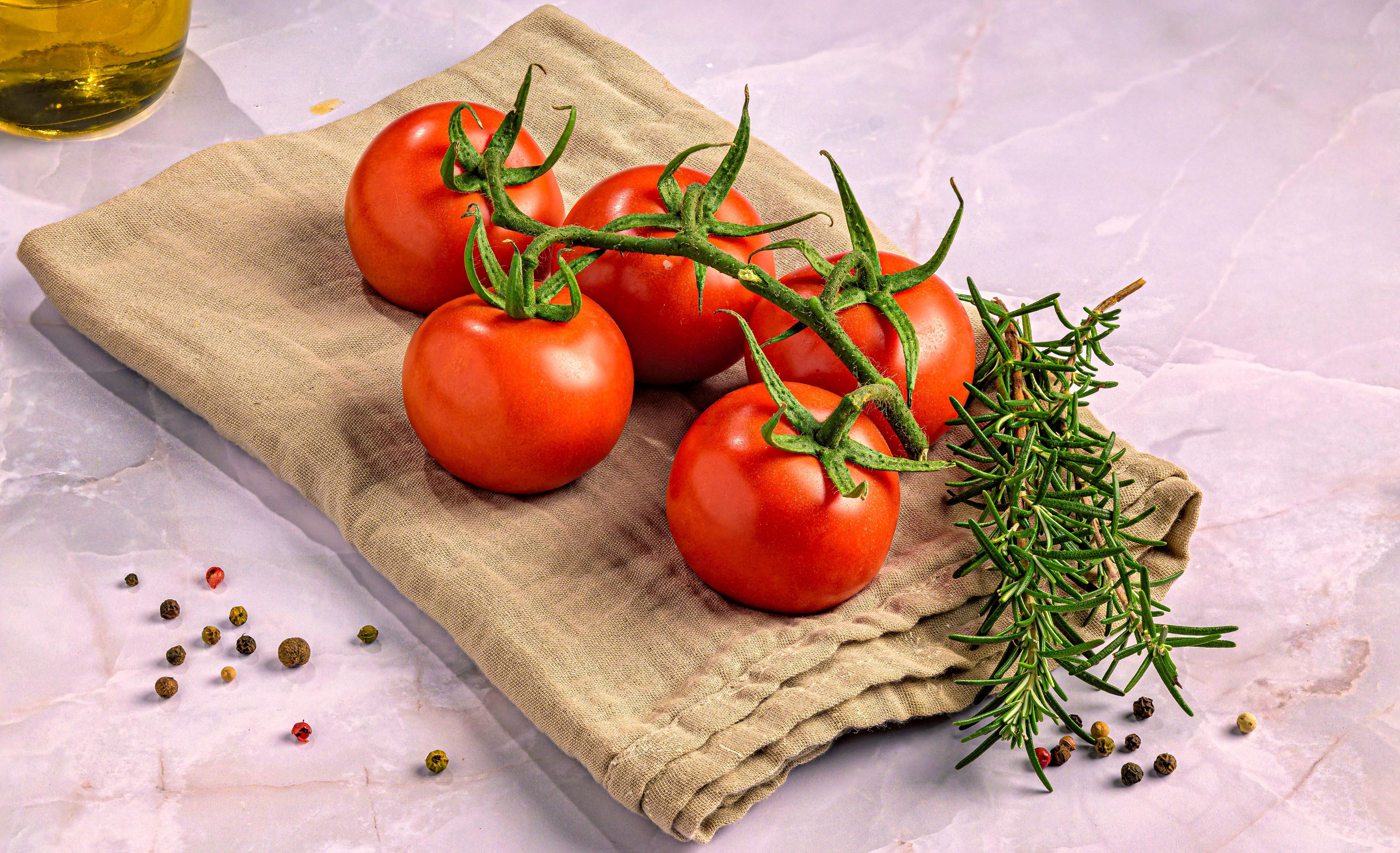
Tomatoes, with their vibrant red color and juicy texture, are a rich source of lycopene, a powerful antioxidant with anti-inflammatory properties. Studies have shown that lycopene can reduce inflammation and lower the risk of chronic diseases, including heart disease and cancer. Tomatoes are also high in vitamin C, which further enhances their anti-inflammatory effects. In the kitchen, tomatoes are a versatile ingredient that can be used in a wide variety of dishes. They can be eaten raw in salads, cooked into sauces, or roasted with herbs. By incorporating tomatoes into your diet, you not only enjoy their fresh flavor but also benefit from their powerful anti-inflammatory properties.
11. Dark Chocolate: The Sweet Guardian

Dark chocolate, often considered an indulgence, is surprisingly rich in antioxidants, particularly flavonoids, which have been shown to reduce inflammation. Studies have shown that regular consumption of dark chocolate can lower markers of inflammation and improve heart health. Its benefits extend beyond inflammation, as dark chocolate is also known to improve brain function and mood. In the kitchen, dark chocolate is a versatile ingredient that can be used in both sweet and savory dishes. It can be enjoyed on its own, melted into sauces, or added to baked goods. By incorporating dark chocolate into your diet, you not only indulge in its rich flavor but also harness its powerful anti-inflammatory effects.
12. Cherries (Especially Tart): The Ruby Soothers

Don't underestimate these ruby gems, particularly the tart varieties like Montmorency. Cherries are brimming with anthocyanins and cyanidin, potent antioxidants that give them their deep red color and remarkable anti-inflammatory power. Studies suggest they can significantly lower inflammatory markers and may even offer relief comparable to NSAIDs for conditions like gout and osteoarthritis flare-ups. Beyond joint health, tart cherry juice is increasingly popular among athletes for reducing muscle soreness and aiding recovery post-exercise. Enjoy them fresh in season, frozen in smoothies, or as concentrated juice (watch for added sugar!) for a year-round inflammation-fighting treat.
13. Broccoli: The Cruciferous Crusader
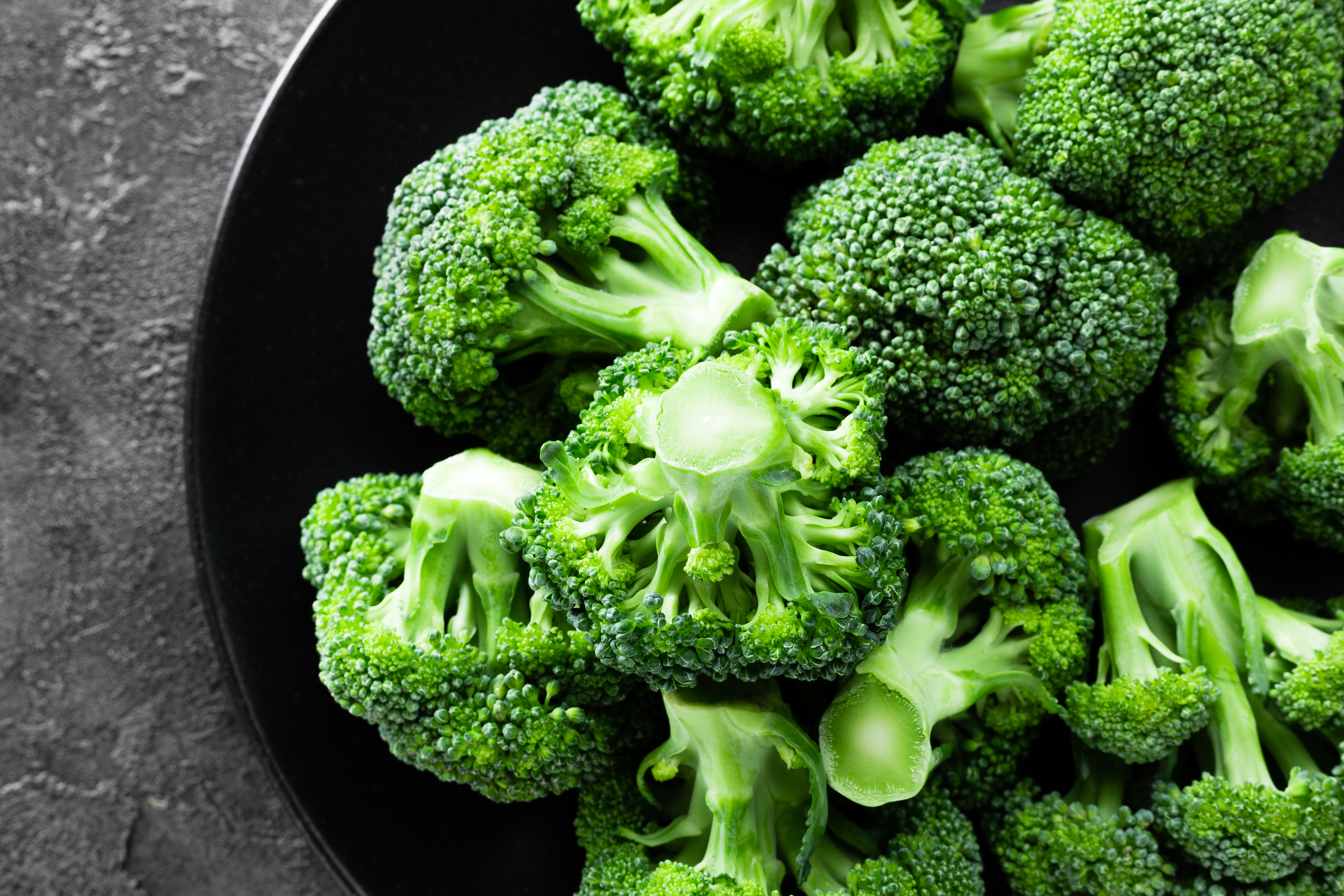
This familiar green tree isn't just packed with vitamins; it's a veritable anti-inflammatory powerhouse thanks to sulforaphane. This potent compound is released when broccoli is chopped or chewed and works by neutralizing toxins and reducing inflammatory cytokines like NF-κB. Sulforaphane has shown promise in protecting against various chronic conditions linked to inflammation. To maximize its benefits, lightly steam or stir-fry broccoli rather than boiling it, or enjoy it raw with a healthy dip. Embrace this cruciferous crusader regularly to harness its unique protective compounds and bolster your body's natural defenses against cellular stress.
14. Avocado: The Creamy Calmer
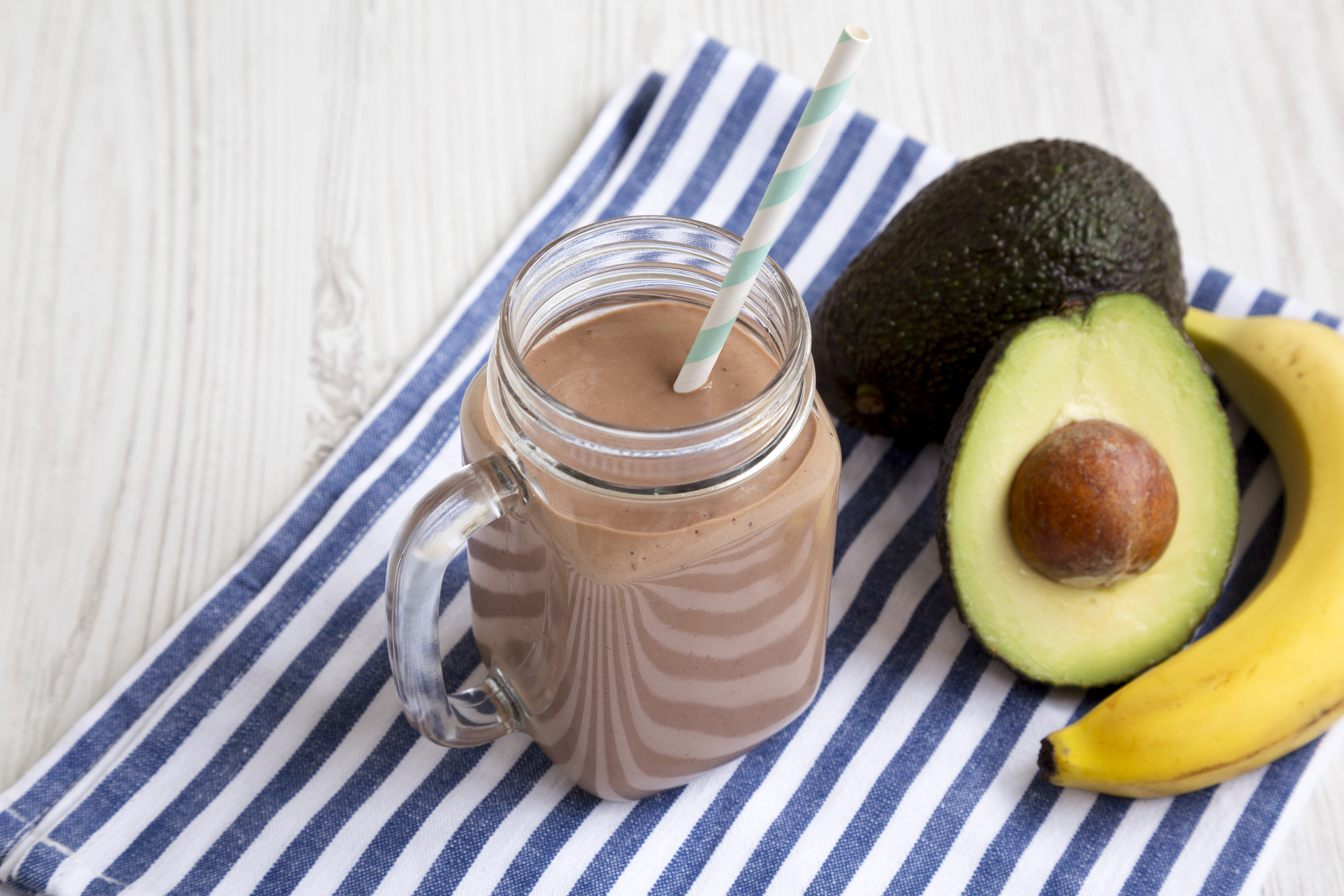
Often celebrated for its healthy monounsaturated fats (similar to olive oil), avocado offers more profound anti-inflammatory benefits. It's rich in carotenoids like lutein and zeaxanthin, plus vitamin E, potassium, and magnesium – all contributing to reducing systemic inflammation. Compounds within avocados may inhibit pro-inflammatory pathways, particularly protecting cartilage health. Its creamy texture makes it incredibly versatile – spread it on toast, blend it into smoothies for richness, dice it into salads, or use it as a base for healthy dressings. This fruit (yes, it's a fruit!) is a delicious way to load up on inflammation-calming nutrients.
15. Mushrooms: The Fungal Fighters
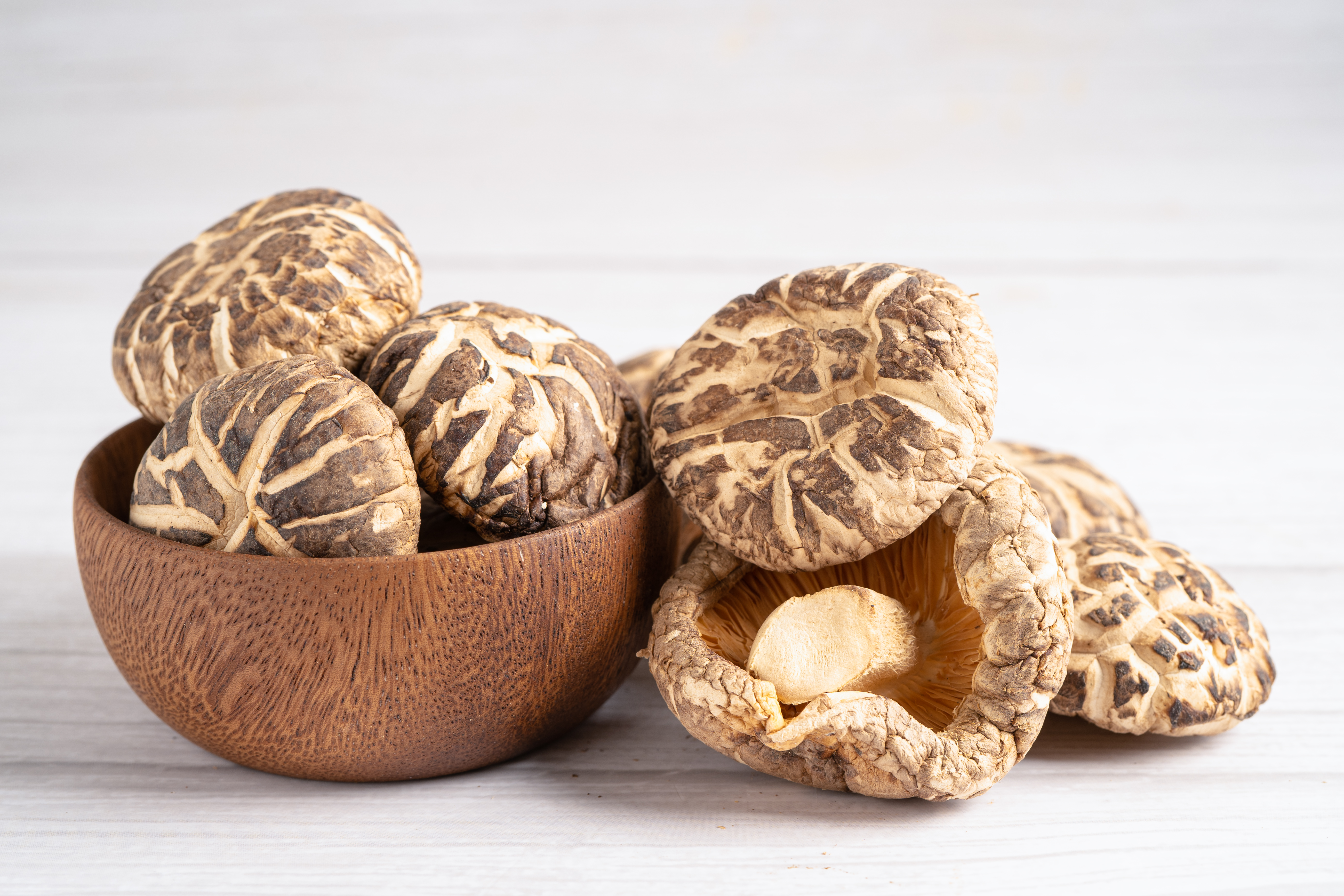
Often overlooked, edible fungi like shiitake, maitake, and even common button mushrooms contain unique anti-inflammatory agents. They are rich in phenols and potent antioxidants like ergothioneine, plus polysaccharides such as beta-glucans known for modulating the immune system and calming inflammatory responses. Different varieties offer distinct benefits, contributing to overall gut health which is intrinsically linked to systemic inflammation. Sauté them with garlic, add them to soups and stews, or grill larger caps like portobellos as a meaty substitute. Exploring the world of mushrooms adds not just umami flavor but also unique inflammation-fighting compounds to your diet.
16. Red Bell Peppers: The Crimson Coolers
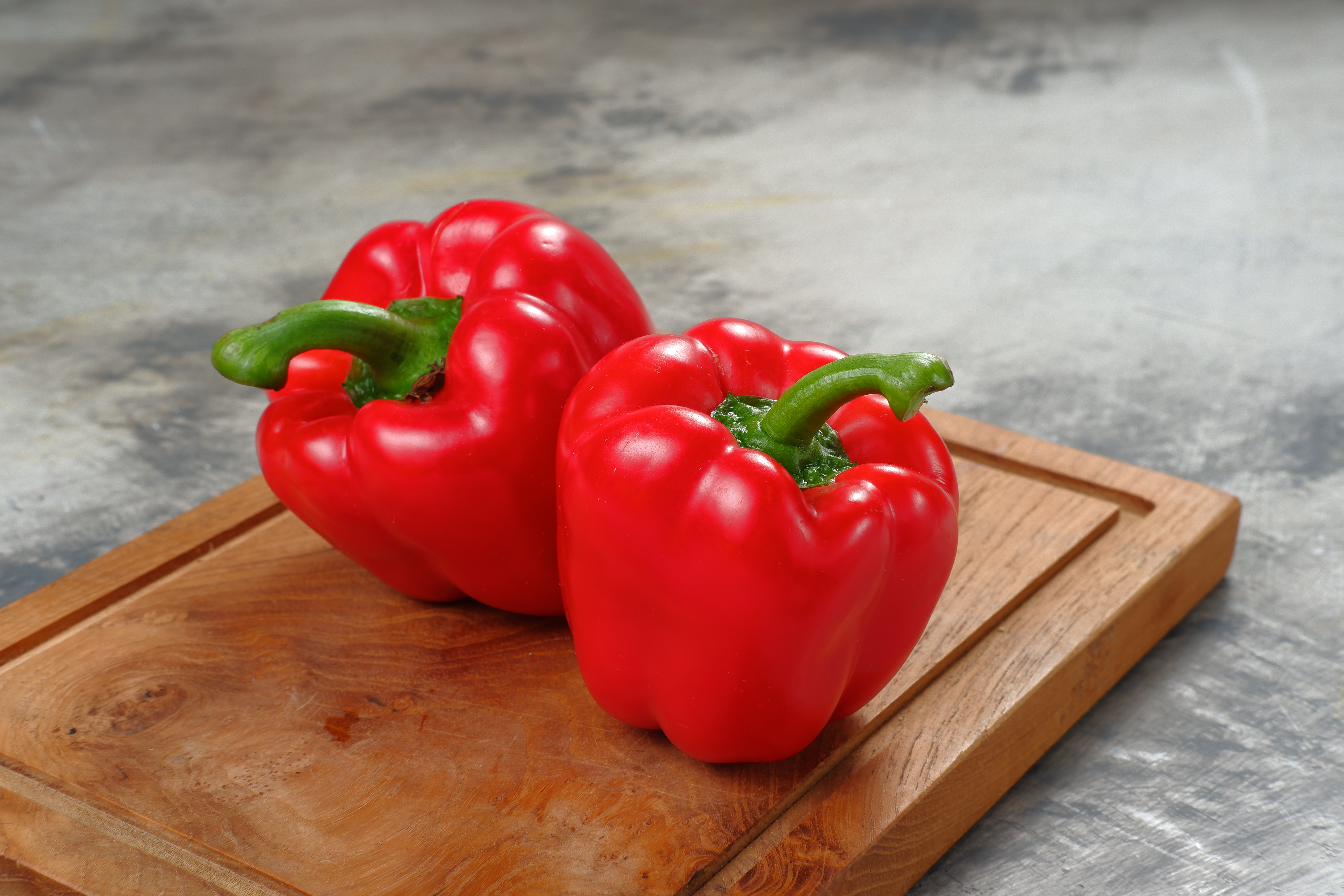
While all bell peppers are healthy, the fully ripened red varieties pack the most potent anti-inflammatory punch. They boast exceptionally high levels of Vitamin C, a powerful antioxidant that combats inflammatory free radicals, and contain beneficial carotenoids like capsanthin, responsible for their vibrant hue. Red peppers also provide quercetin, another flavonoid known for its anti-inflammatory and antihistamine effects. Enjoy them raw in salads or with dips for maximum Vitamin C, or roast them to bring out their natural sweetness. Adding these crimson coolers to your meals is a colourful and effective way to dampen inflammation.
17. Seaweed & Algae: The Marine Marvels
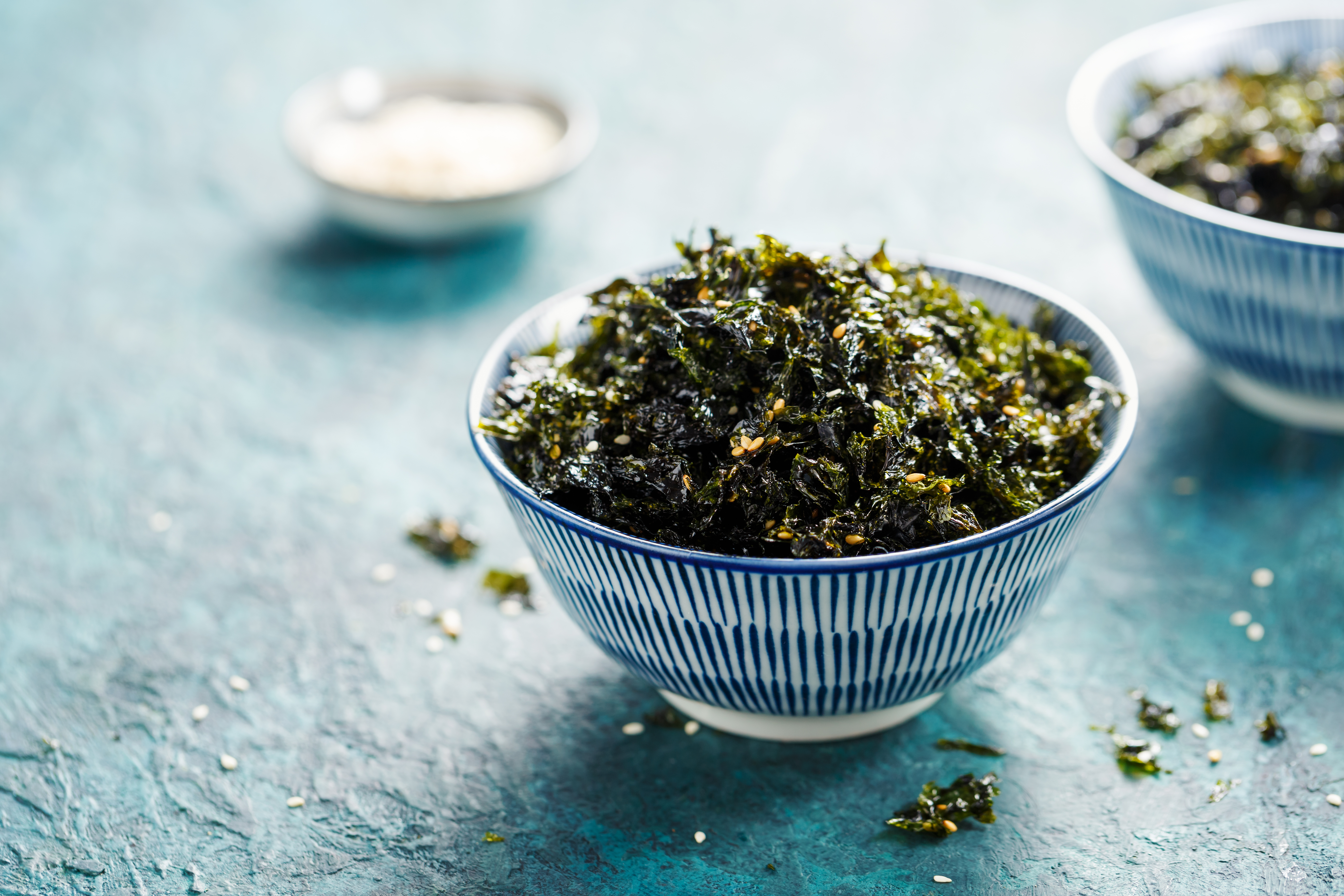
Venture beyond land-based greens to explore the unique benefits of marine vegetables like nori, kelp, and wakame, or micro-algae like spirulina and chlorella. Seaweeds are concentrated sources of minerals like iodine (crucial for thyroid health, which influences inflammation) and unique polysaccharides such as fucoidans, shown to have significant anti-inflammatory and immune-modulating effects. Algae offer potent antioxidants like phycocyanin (in spirulina) and are a primary source of EPA/DHA omega-3s in some supplements. Add nori sheets to wraps, sprinkle kelp flakes as seasoning, or blend spirulina into smoothies for a dose of unique marine anti-inflammatory power.
18. Beans & Legumes: The Humble Heroes
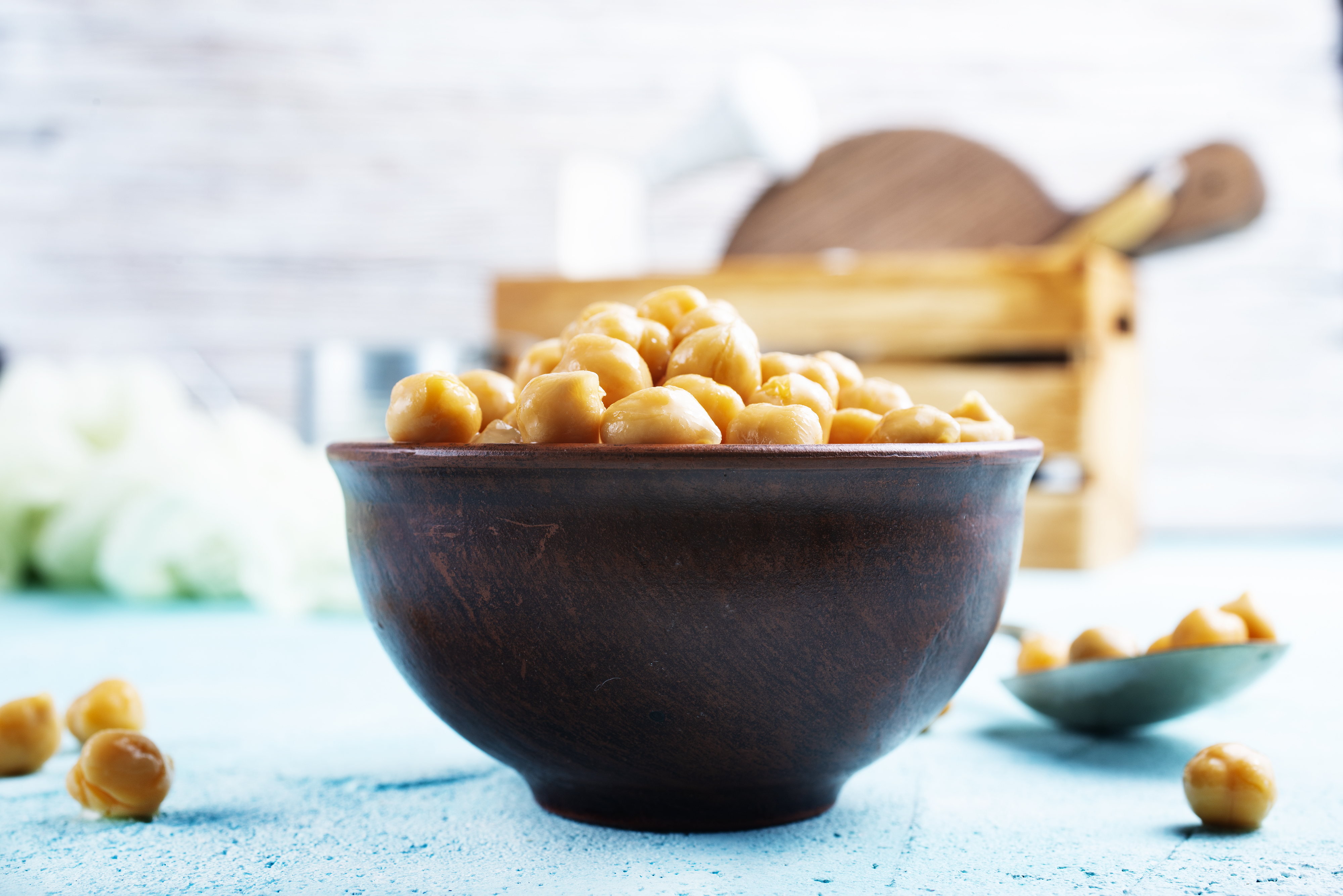
Often praised for protein and fiber, beans, lentils, and chickpeas are also unsung anti-inflammatory heroes. Their high fiber content, particularly resistant starch, nourishes beneficial gut bacteria. A healthy gut microbiome is crucial for regulating the immune system and preventing leaky gut, a key driver of chronic inflammation. Furthermore, dark-colored beans (like black beans and kidney beans) are rich in anthocyanins, the same powerful anti-inflammatory antioxidants found in berries. Incorporate these affordable staples into soups, stews, salads, or dips like hummus to boost fiber intake and support an anti-inflammatory gut environment.
19. Pineapple: The Bromelain Broker
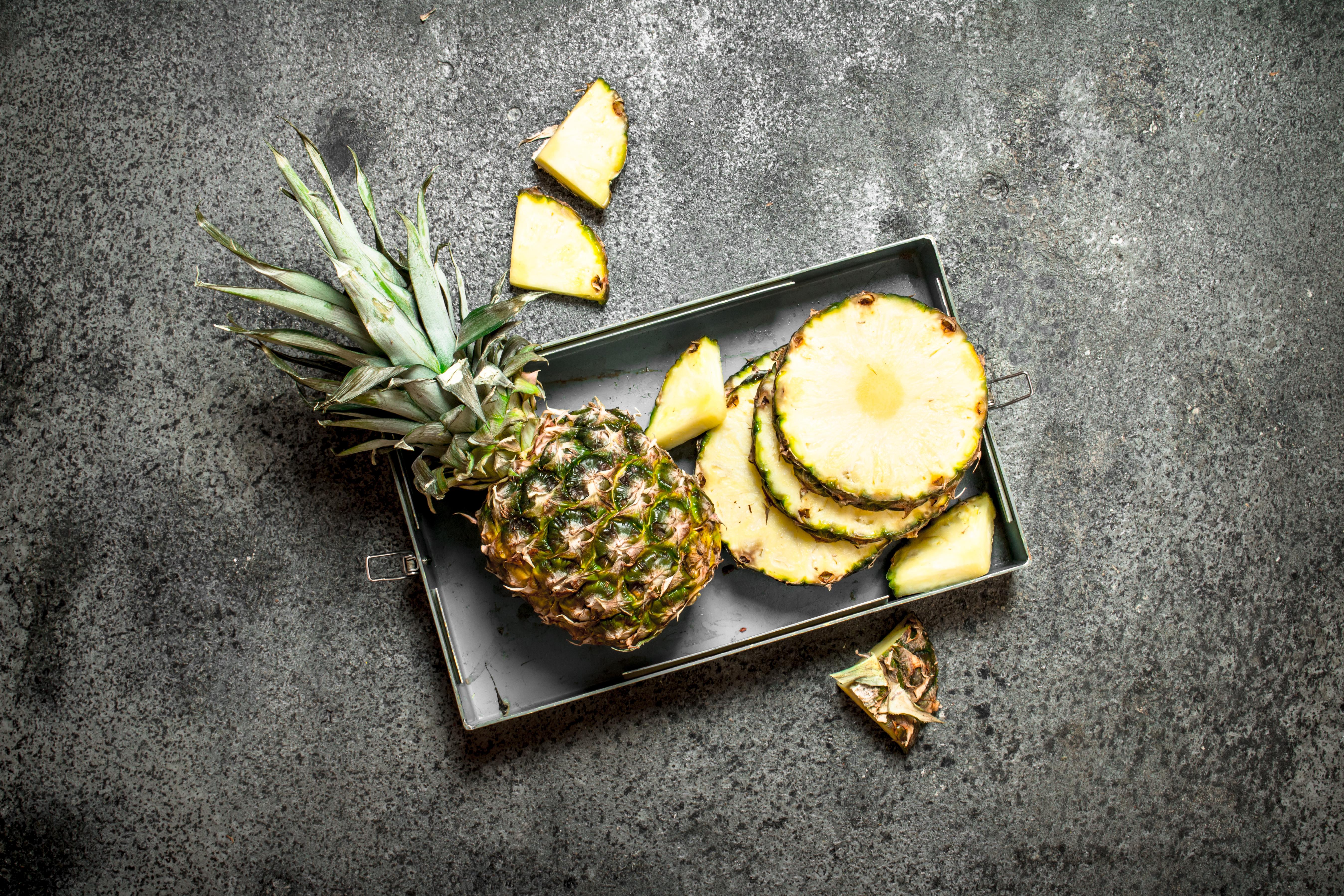
This tropical delight offers more than just sweetness; it contains bromelain, a unique group of protein-digesting enzymes with significant anti-inflammatory properties. Bromelain has been shown to reduce swelling, bruising, and pain, particularly related to injuries, surgery, and conditions like sinusitis and arthritis. It works by modulating key inflammatory pathways in the body. Enjoy pineapple fresh or frozen, as heat can degrade bromelain's effectiveness. Add it to smoothies, fruit salads, or even savory dishes like salsa for a tropical twist that helps soothe inflammation from the inside out.
20. Cinnamon: The Warming Warrior
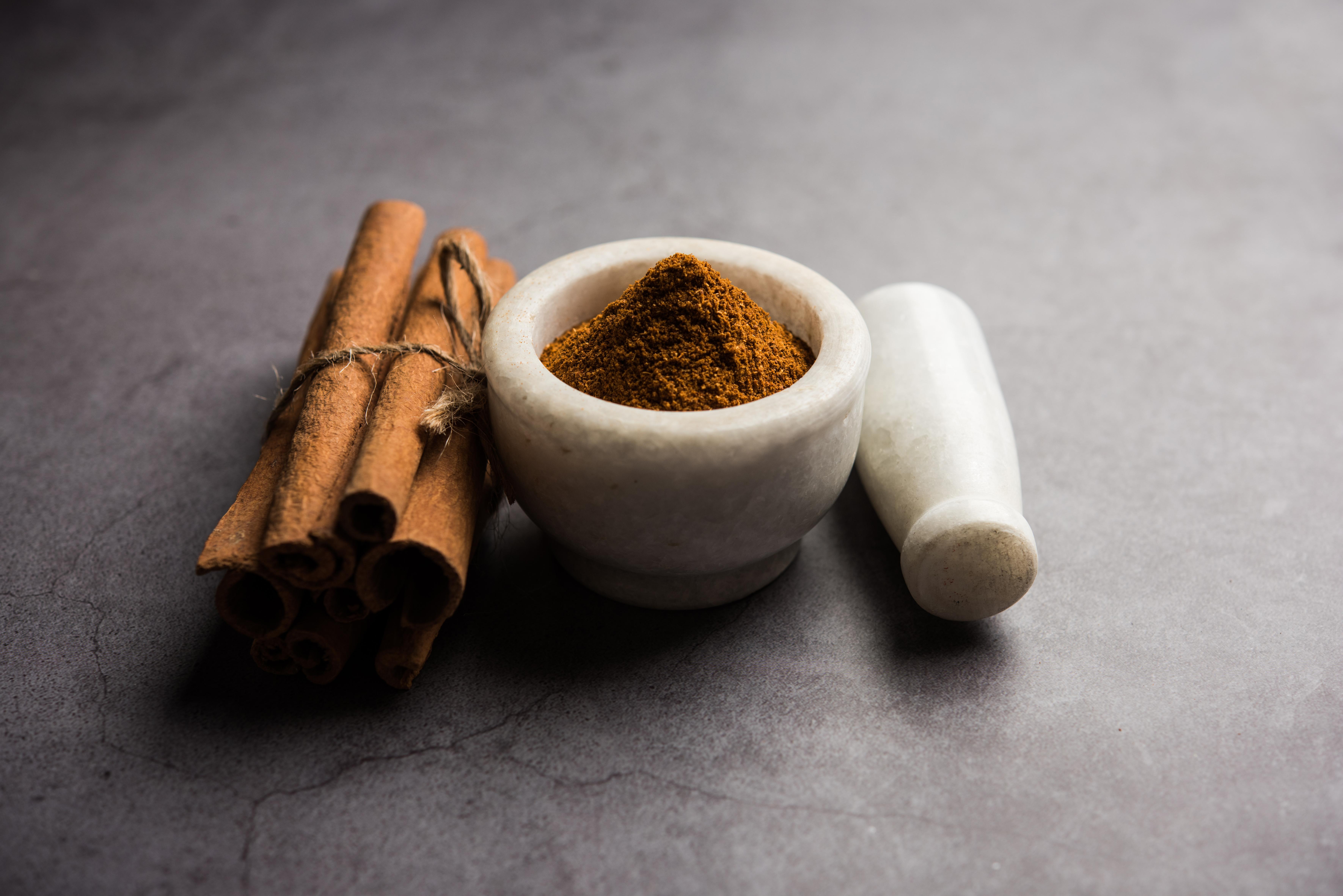
This beloved spice does more than warm your favorite baked goods; it's packed with powerful antioxidants, particularly cinnamaldehyde, which gives cinnamon its distinct flavor and aroma. Studies suggest cinnamon possesses potent anti-inflammatory properties, helping to lower systemic markers of inflammation. It may work by inhibiting inflammatory signaling molecules and protecting cells from oxidative stress. While often linked to blood sugar control, its anti-inflammatory effects are noteworthy. Sprinkle Ceylon cinnamon ("true" cinnamon) generously onto oatmeal, yogurt, coffee, or into savory dishes like stews and tagines for a flavorful health boost.
21. Beets: The Earthy Energizers
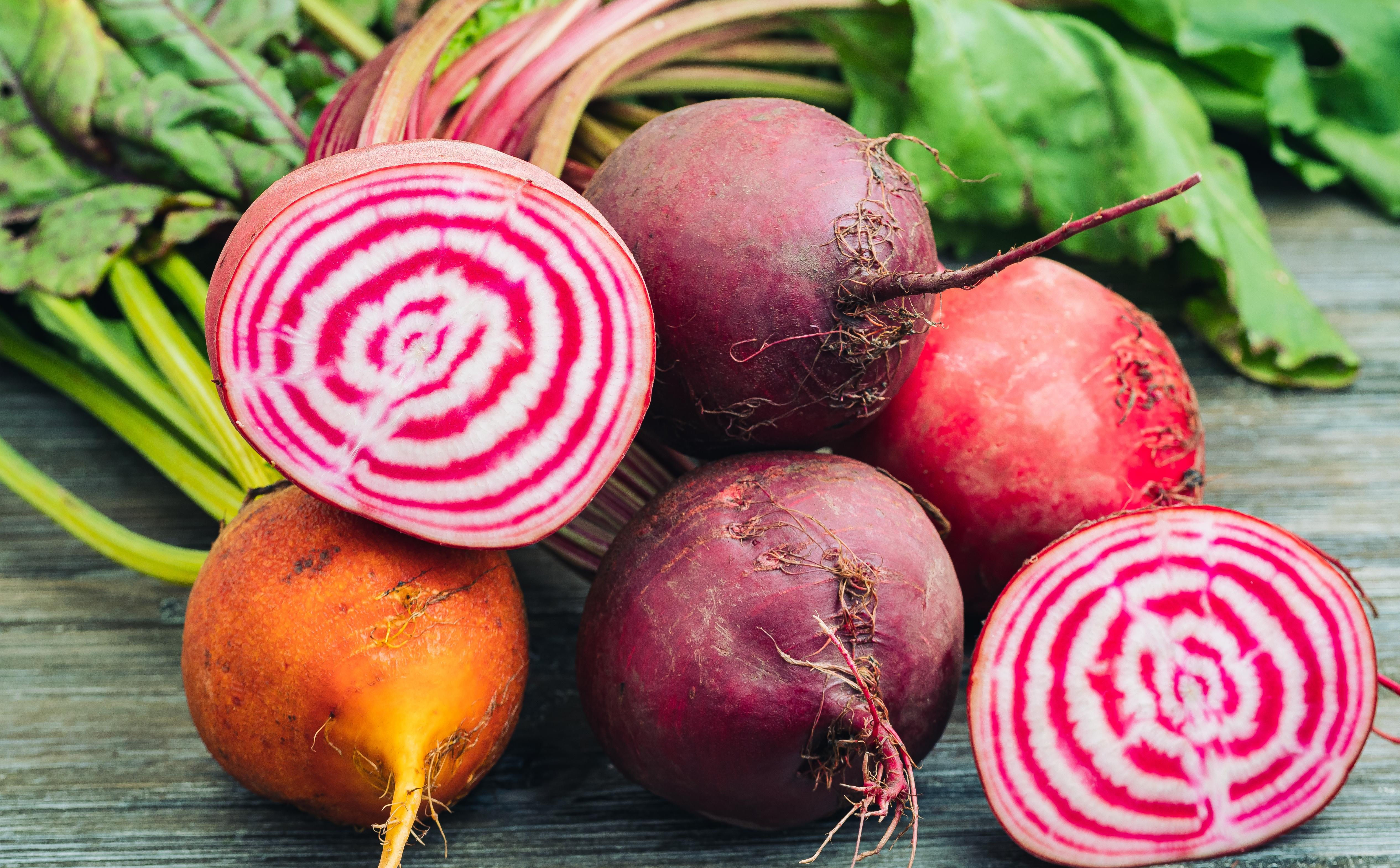
The deep, vibrant color of beetroot comes from pigments called betalains, which possess powerful antioxidant and anti-inflammatory capabilities. Betalains help protect cells from damage and have been shown to reduce inflammatory markers in several studies. Beets are also rich in nitrates, which the body converts to nitric oxide, improving blood flow and potentially lowering blood pressure – another factor linked to inflammation. Enjoy beets roasted, steamed, juiced, or even raw (thinly sliced or grated) in salads. Their earthy sweetness adds a unique dimension to meals while delivering potent inflammation-fighting compounds.
22. Fennel: The Sweet Soother with Subtle Strength
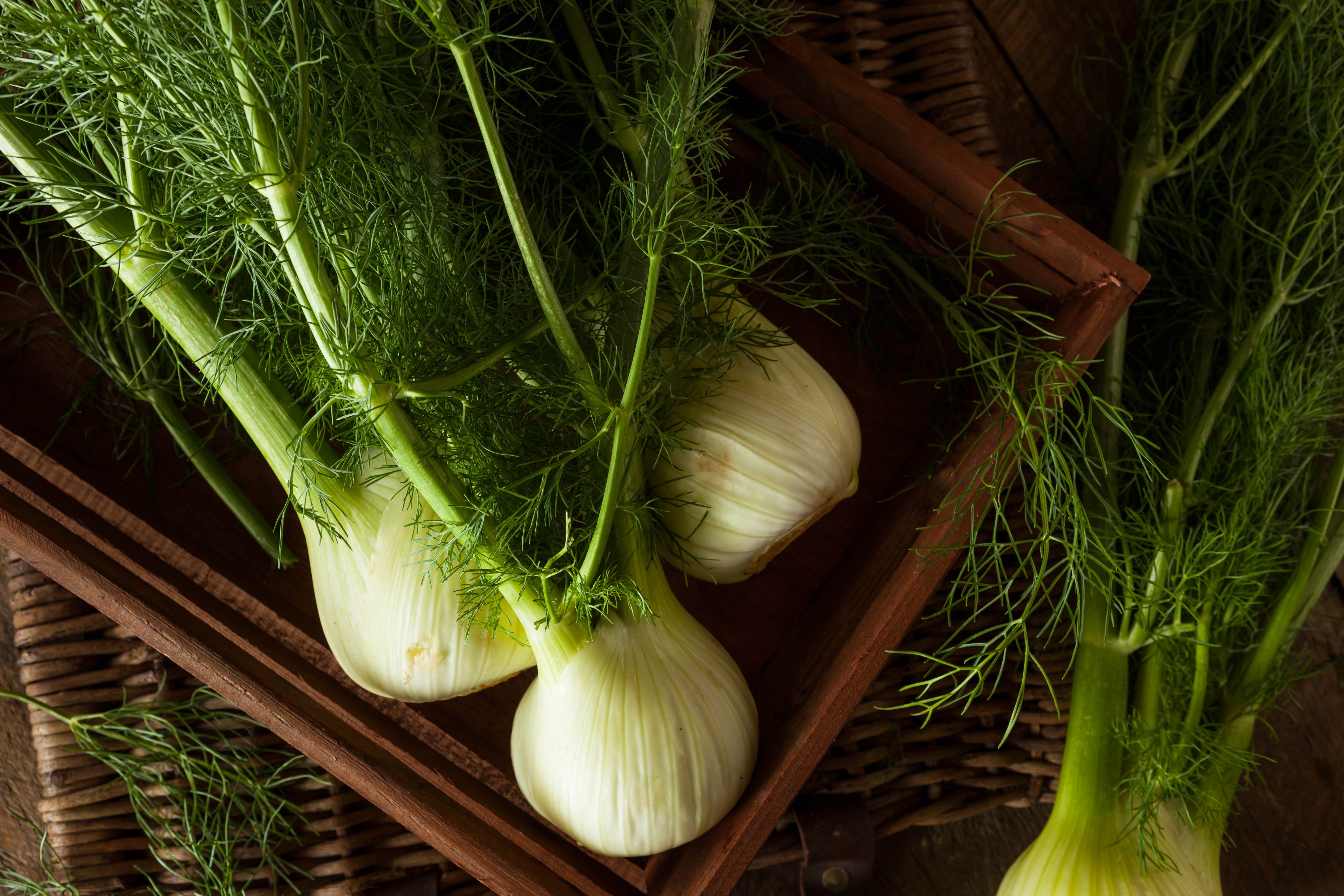
Fennel isn’t just a fragrant addition to soups or salads—it’s a digestive and anti-inflammatory powerhouse. Rich in volatile compounds like anethole, fennel helps reduce inflammation in the gut and can soothe bloating and cramping. Its unique blend of antioxidants—including vitamin C, quercetin, and rosmarinic acid—contributes to calming the immune system’s overreactions. Fennel also supports hormonal balance, which can reduce inflammation driven by estrogen imbalance, especially in women. Roast the bulbs with olive oil, shave them raw into slaws, or steep the seeds in tea. Mild, licorice-like, and medicinal, fennel deserves a regular spot in your kitchen.
23. Watercress: The Underrated Green That Packs a Punch
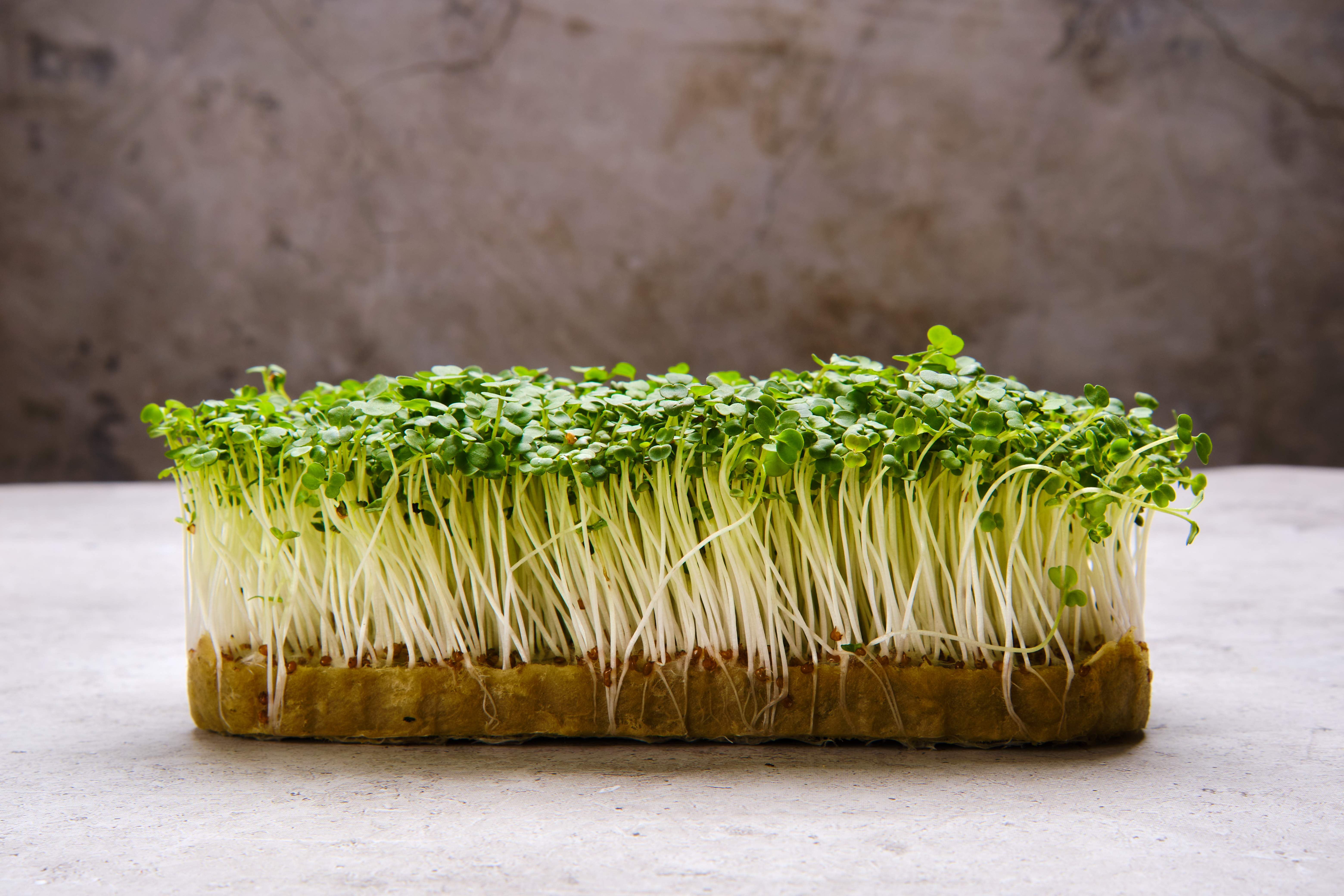
Often overshadowed by spinach or kale, watercress is a nutritional sleeper hit. It’s one of the most nutrient-dense greens available, loaded with antioxidants like lutein, beta-carotene, and vitamin K—all of which play a role in reducing oxidative stress and taming inflammation. Watercress also contains phenethyl isothiocyanate (PEITC), a plant compound studied for its cancer-fighting and anti-inflammatory effects. Peppery and refreshing, it pairs beautifully with citrus, eggs, or soft cheeses. Use it raw in salads and sandwiches, or stir it into soups at the very end to preserve its delicate flavor and healing properties.
24. Black Pepper: The Amplifier with Anti-Inflammatory Edge
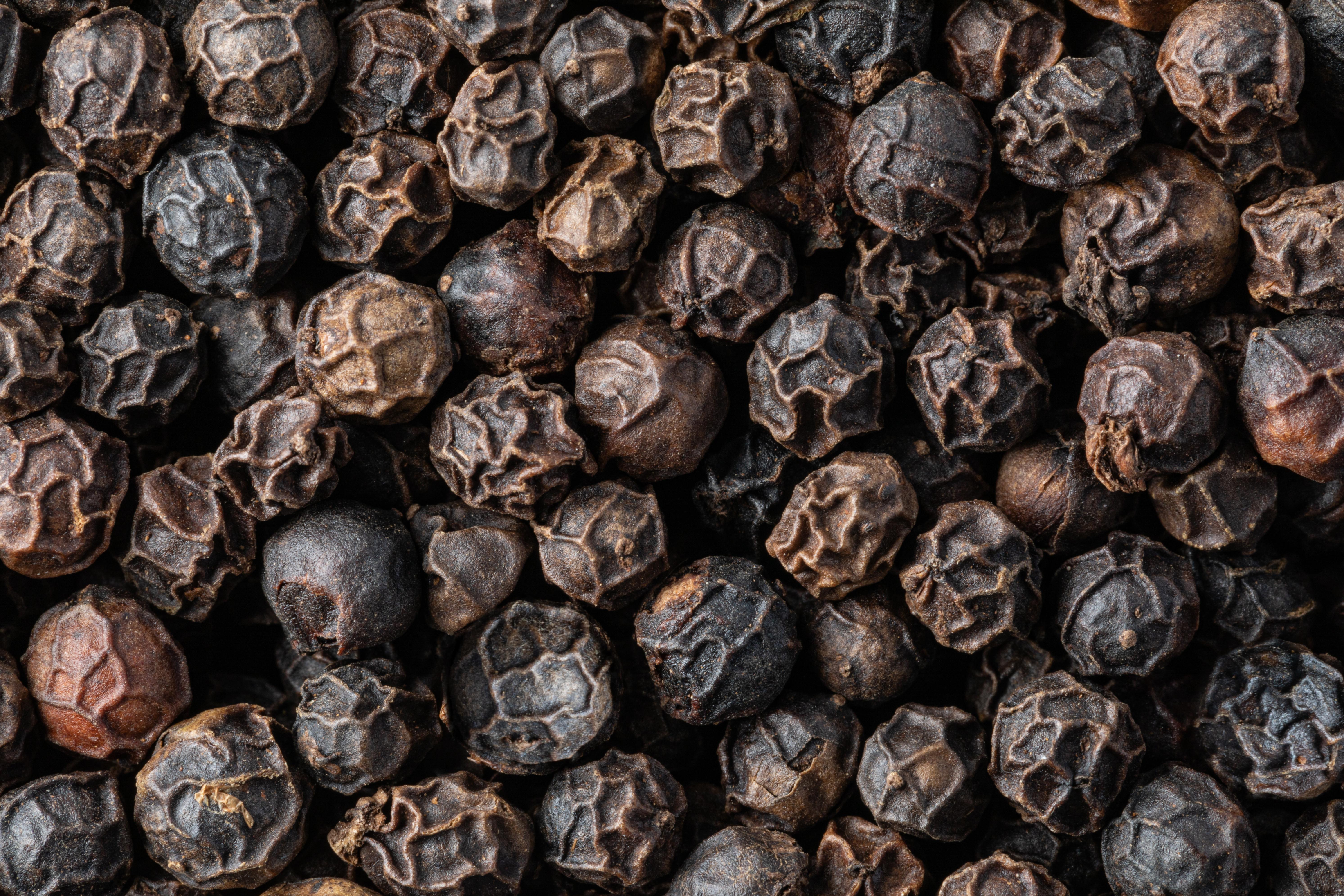
More than just a seasoning staple, black pepper contains piperine—a bioactive compound that doesn’t just fight inflammation on its own, but enhances the bioavailability of other anti-inflammatory compounds (like curcumin in turmeric) by up to 2000%. Piperine has been shown to inhibit pro-inflammatory cytokines and support digestive enzyme activity, making nutrients easier to absorb. Add freshly cracked black pepper to virtually any dish—from scrambled eggs to stir-fries—to boost both flavor and functional power. It's the quiet partner in your spice rack that supercharges your entire anti-inflammatory arsenal.
25. Leeks: The Gentle Gut Guardians
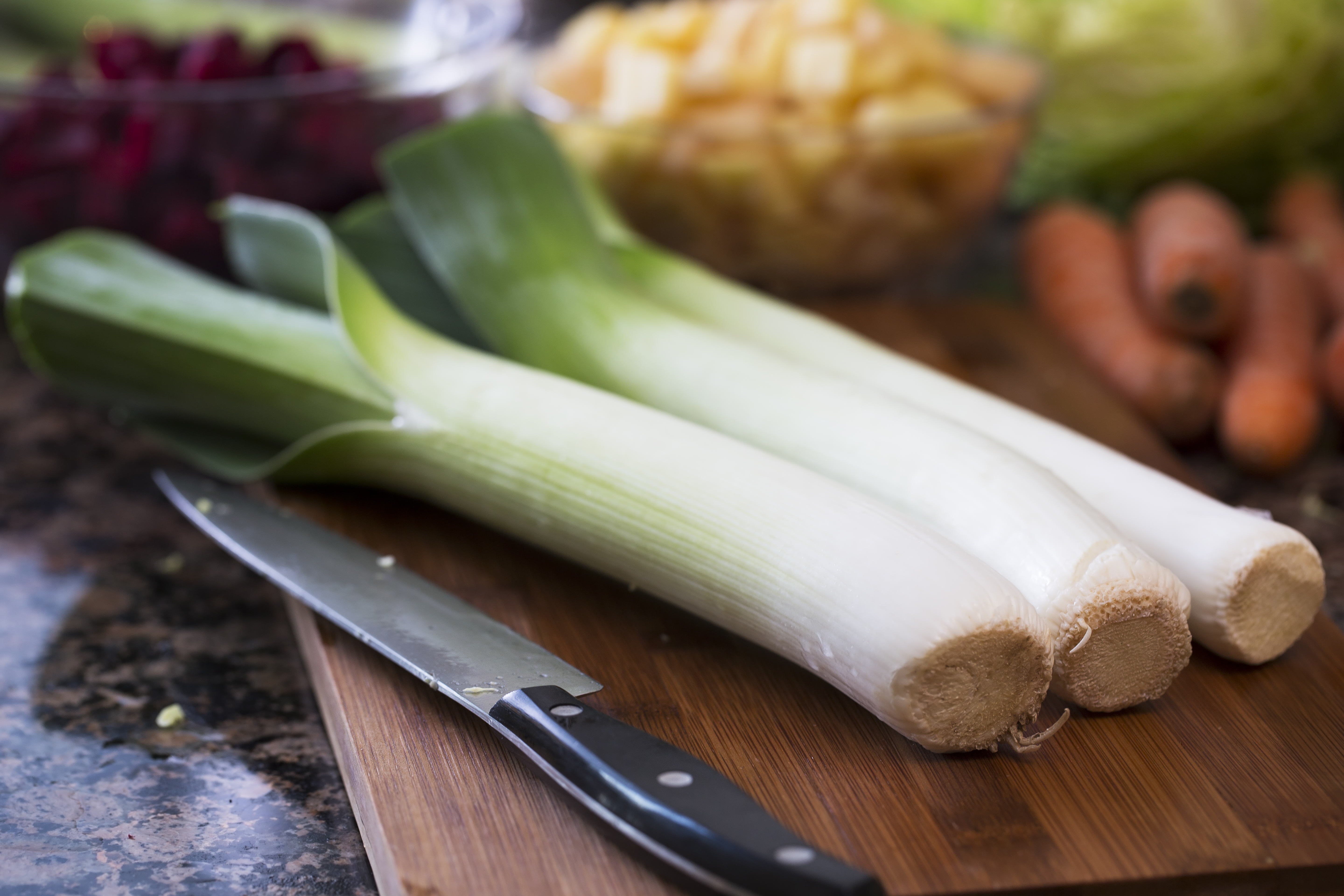
Part of the allium family (alongside garlic and onions), leeks offer a milder flavor and a gentler approach to gut-driven inflammation. Rich in kaempferol, a flavonoid with strong anti-inflammatory effects, and prebiotic fibers like inulin, leeks help nourish healthy gut bacteria and reduce systemic inflammation. Since gut health is tightly linked to immune regulation, supporting it with prebiotics is a strategic move. Use leeks in soups, stews, or caramelize them as a base for savory tarts. They’re particularly powerful when combined with other anti-inflammatory foods like olive oil and leafy greens.
26. Cloves: The Tiny Spice with Major Impact
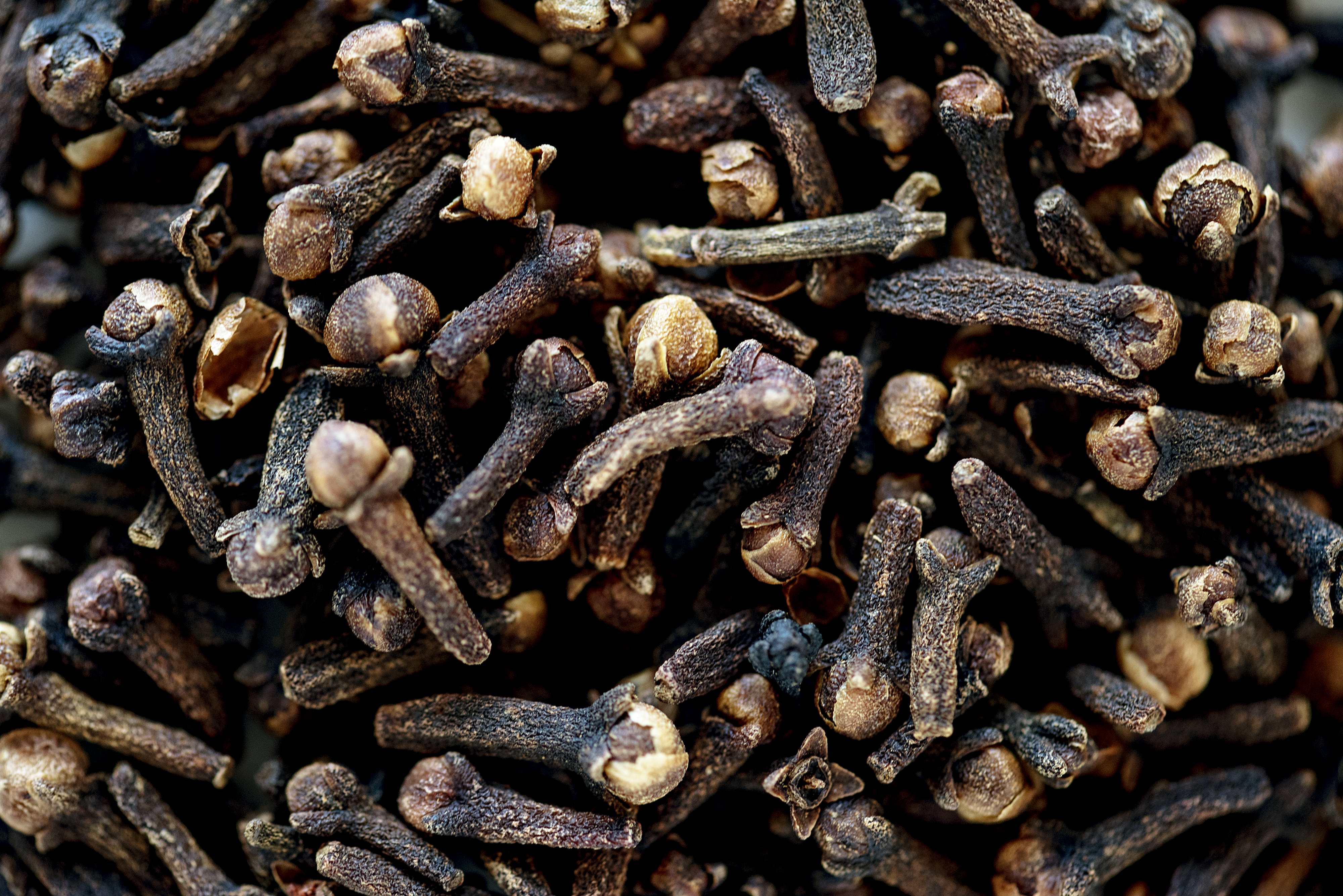
Cloves might be small, but their anti-inflammatory potential is massive. Packed with eugenol, a potent antioxidant and natural analgesic, cloves have been shown to reduce inflammatory markers and ease joint discomfort. They also support oral health and digestion—two underrated inflammation hubs in the body. Use ground cloves in baking, oatmeal, and spice rubs, or steep whole cloves into warm teas and broths for subtle depth. Their warm, bold flavor may be intense, but so is their medicinal benefit. In the world of inflammation-fighting spices, cloves punch well above their weight.
27. Milk Thistle: The Liver's Ancient Ally

Milk thistle has been used for over 2,000 years in traditional medicine, particularly in Europe, for liver and gallbladder ailments. Its active compound, silymarin, is a powerful antioxidant that protects liver cells from damage and aids in their regeneration. Ancient healers used it as a tonic to support detoxification and treat liver-related issues. Modern research confirms its benefits for liver health, including its ability to reduce inflammation and protect against toxins. This herb remains a foundation of natural liver support, a testament to its enduring role as a detoxifying ally.
28. Pomegranate: The Ellagic Acid Protector

Pomegranate is a vibrant, ruby-red fruit that is an anti-inflammatory powerhouse. It is rich in a unique antioxidant called ellagic acid, which has been shown to protect against cellular damage and reduce inflammation. Pomegranate also contains punicalagins, which are potent antioxidants that have been shown to reduce inflammation and support overall health. Whether you enjoy the seeds, the juice, or a supplement, pomegranate offers a delicious way to combat chronic inflammation and support cardiovascular health.
29. Saffron: The Luxurious Golden Mood-Lifter
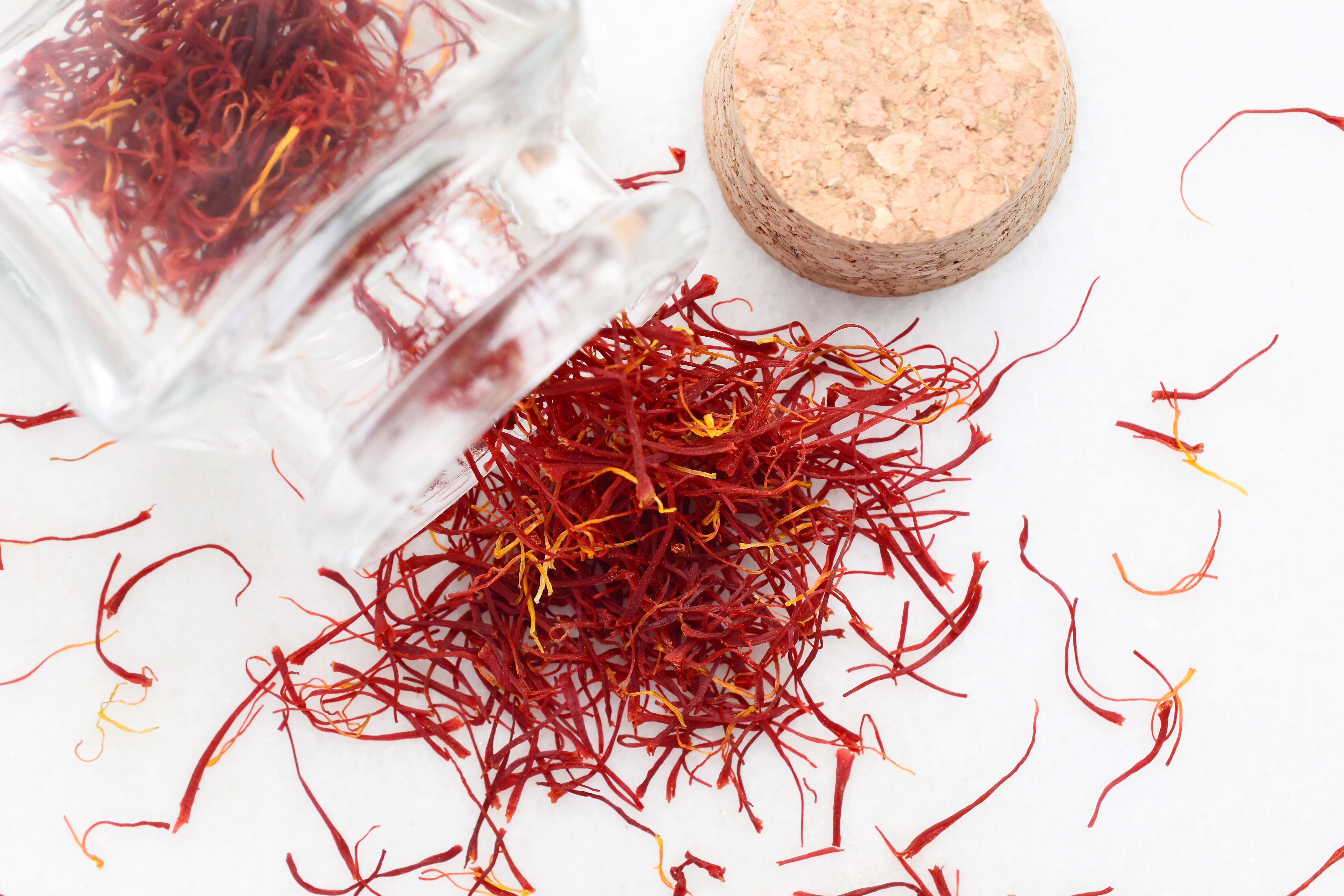
Saffron, the world's most expensive spice, was used in ancient Persian and Ayurvedic medicine to treat everything from depression to inflammation. Its thread-like stigmas contain crocetin and crocin, compounds with powerful antioxidant and mood-lifting properties. Modern studies have supported saffron’s ability to improve mood and reduce symptoms of depression and anxiety, often comparing its efficacy to conventional antidepressants. Its use as a natural mood stabilizer and stress reliever shows that ancient remedies can be both luxurious and profoundly beneficial for mental well-being.
30. Cayenne Pepper: The Fiery Circulatory Booster
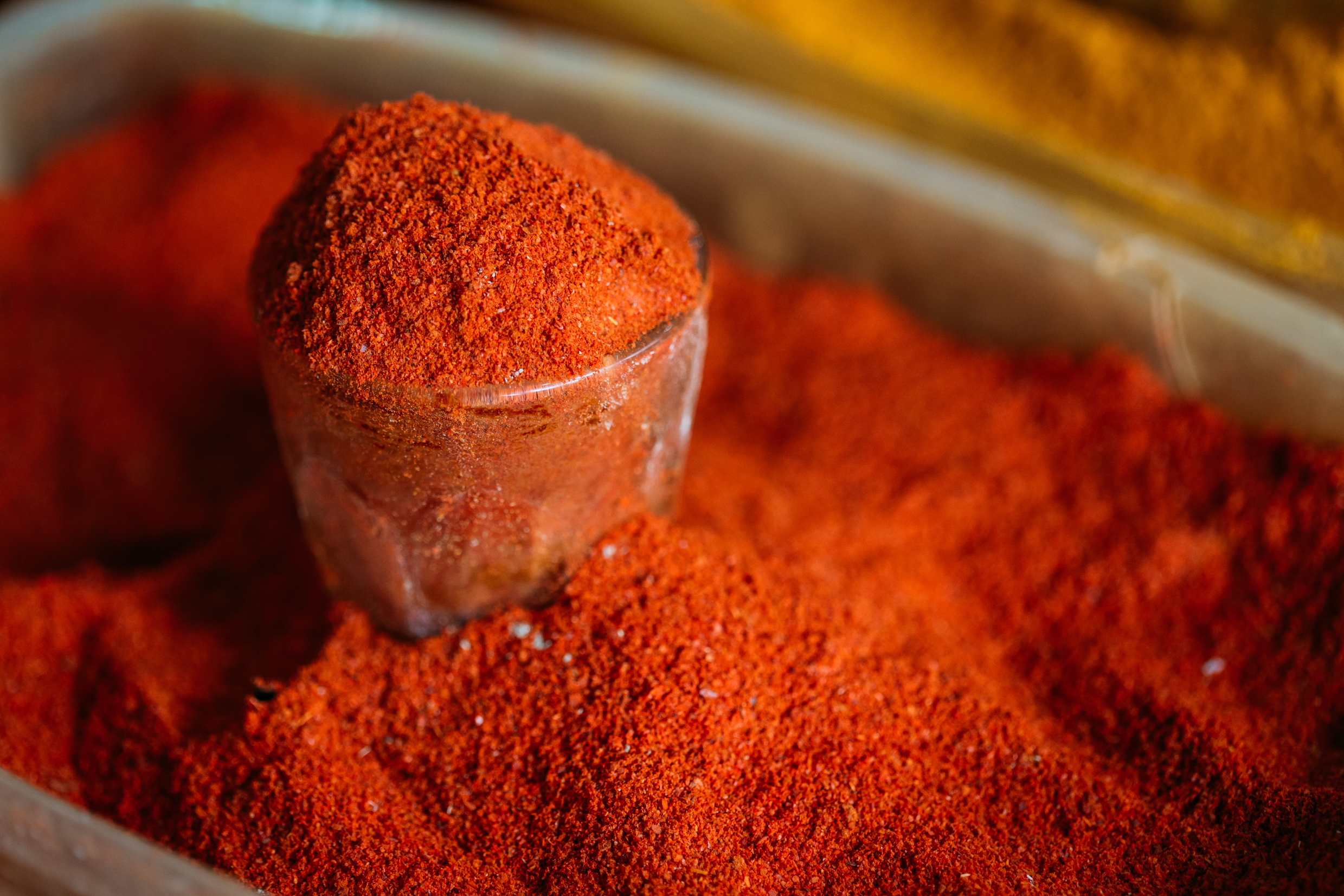
Used in traditional medicine across the Americas for centuries, cayenne pepper is a potent herb renowned for its capsaicin content. This compound is known to improve circulation, relieve pain, and boost metabolism. Capsaicin has been shown to increase blood flow by stimulating the release of nitric oxide, which widens blood vessels. Cayenne pepper also possesses anti-inflammatory properties and can act as a natural decongestant, providing relief from cold symptoms. Incorporating a small amount of cayenne into your meals can add a fiery kick while supporting cardiovascular health and a healthy metabolism.
31. Green Beans: The Unassuming Anti-Inflammatory
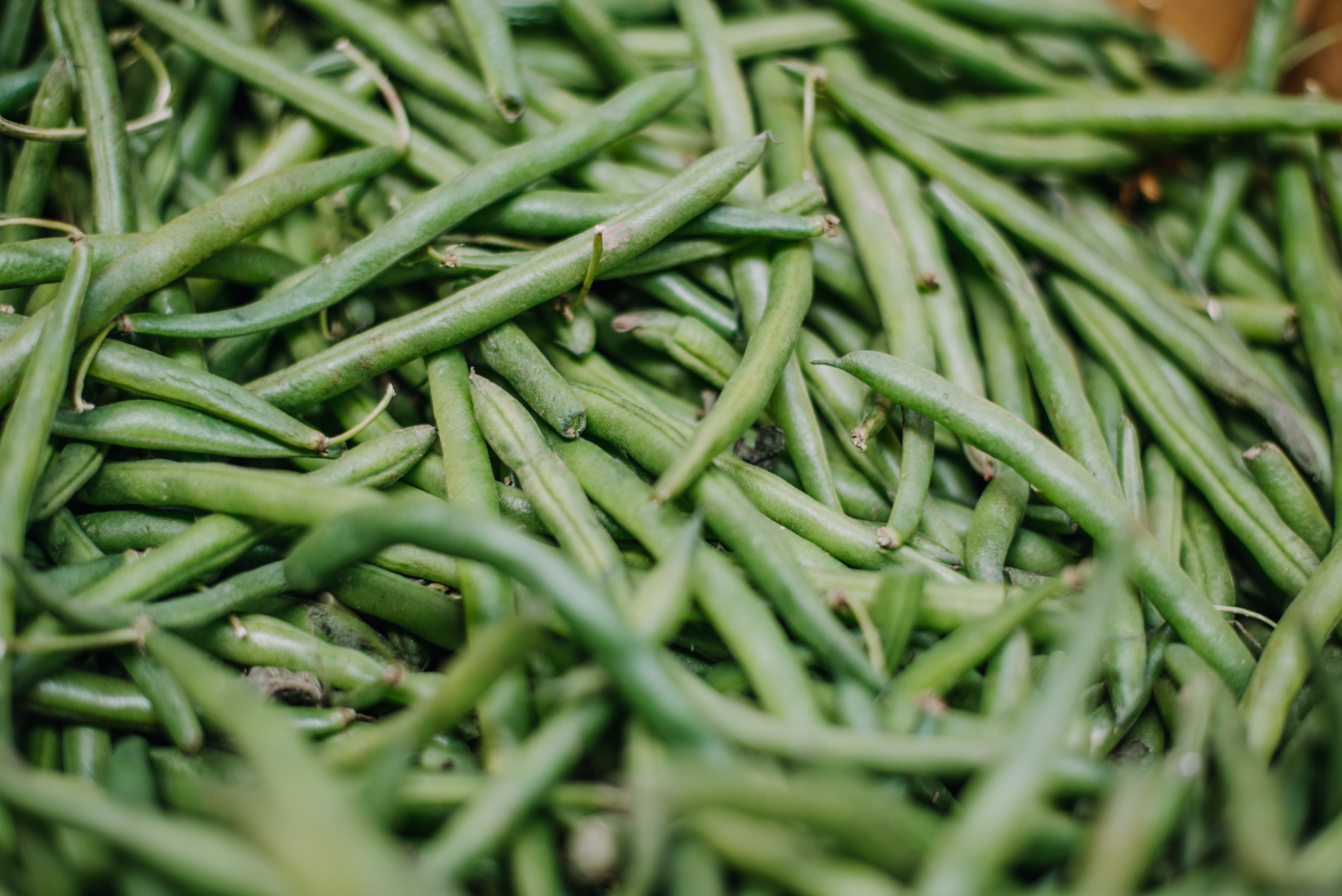
Green beans may look harmless, but they are a fantastic anti-inflammatory addition to your diet. They are a good source of vitamins C and K, as well as a variety of flavonoid and antioxidant compounds. Green beans are also high in fiber, which supports gut health—a key factor in managing inflammation. Enjoy them steamed, sautéed, or roasted as a simple side dish to get a nutrient-dense boost that helps your body combat chronic inflammation.
32. Sage: The Wise Herb for Cognitive Calm
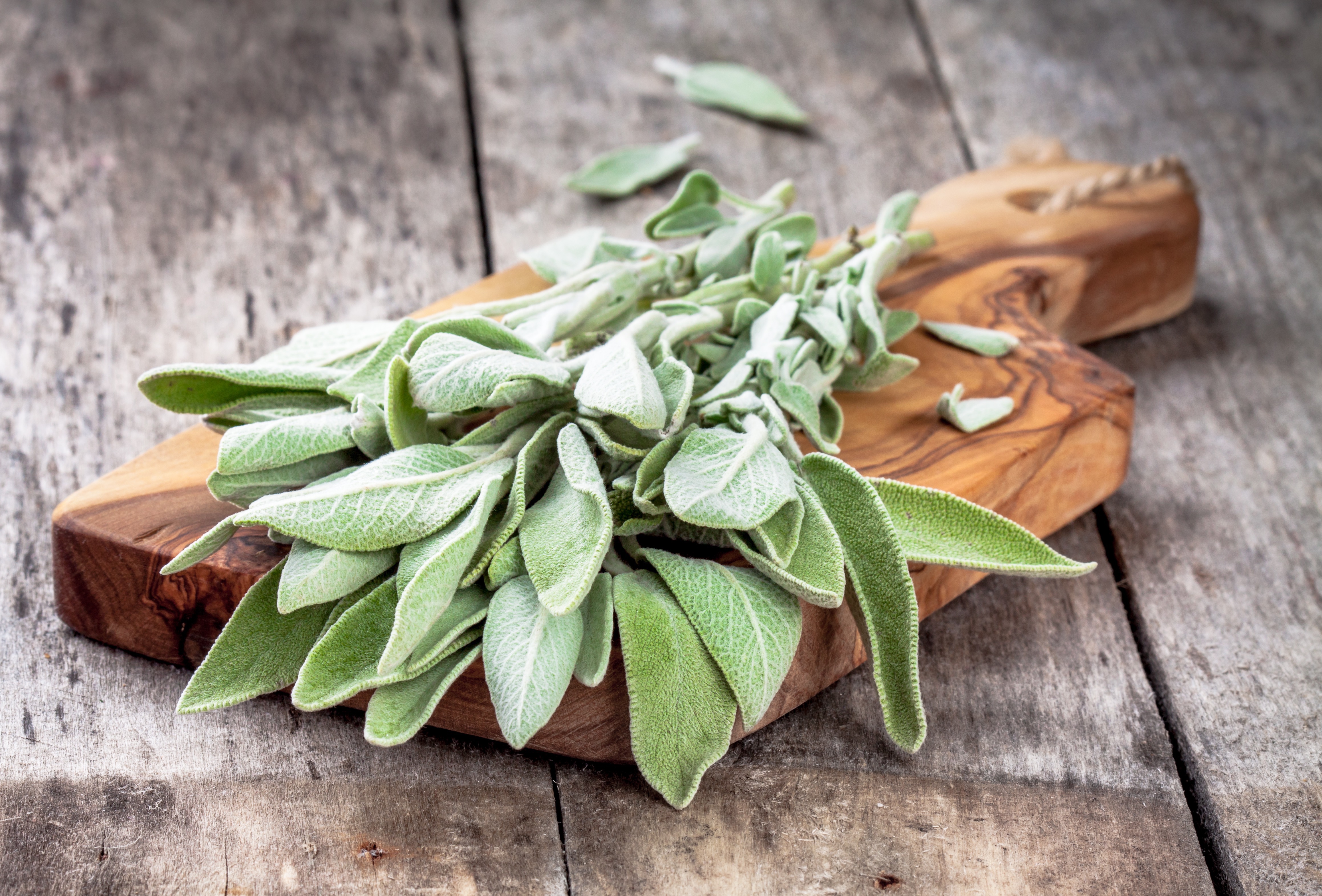
Sage, a fragrant herb often used in Mediterranean cuisine, has been revered for centuries for its medicinal properties. Historically, it was a symbol of wisdom and memory. Modern science now confirms that sage contains compounds that may improve cognitive function and calm inflammation in the brain. It is rich in antioxidants like rosmarinic acid, which helps to protect nerve cells from damage and may reduce inflammation linked to neurodegenerative diseases. Adding sage to your meals—whether it's roasting vegetables, seasoning poultry, or brewing a soothing tea—can offer a flavorful way to support both your mental clarity and overall anti-inflammatory efforts.
33. Cumin: The Digestive and Anti-Inflammatory Spice

This earthy, warm spice is a cornerstone of global cuisine, from Indian curries to Mexican chili, and for good reason. Cumin has long been used in traditional medicine to aid digestion and soothe gut inflammation. Its active component, cuminaldehyde, possesses potent antioxidant and anti-inflammatory properties that can help reduce discomfort and bloating. Cumin also supports the liver's natural detoxification processes, which is crucial for managing systemic inflammation. Toasting the seeds before grinding them releases their aromatic compounds, enhancing both flavor and medicinal benefits. Sprinkling cumin on roasted vegetables, in soups, or on grilled meats is a simple way to incorporate this powerful healing spice into your daily diet.
34. Onions: The Unsung Allium Heroes
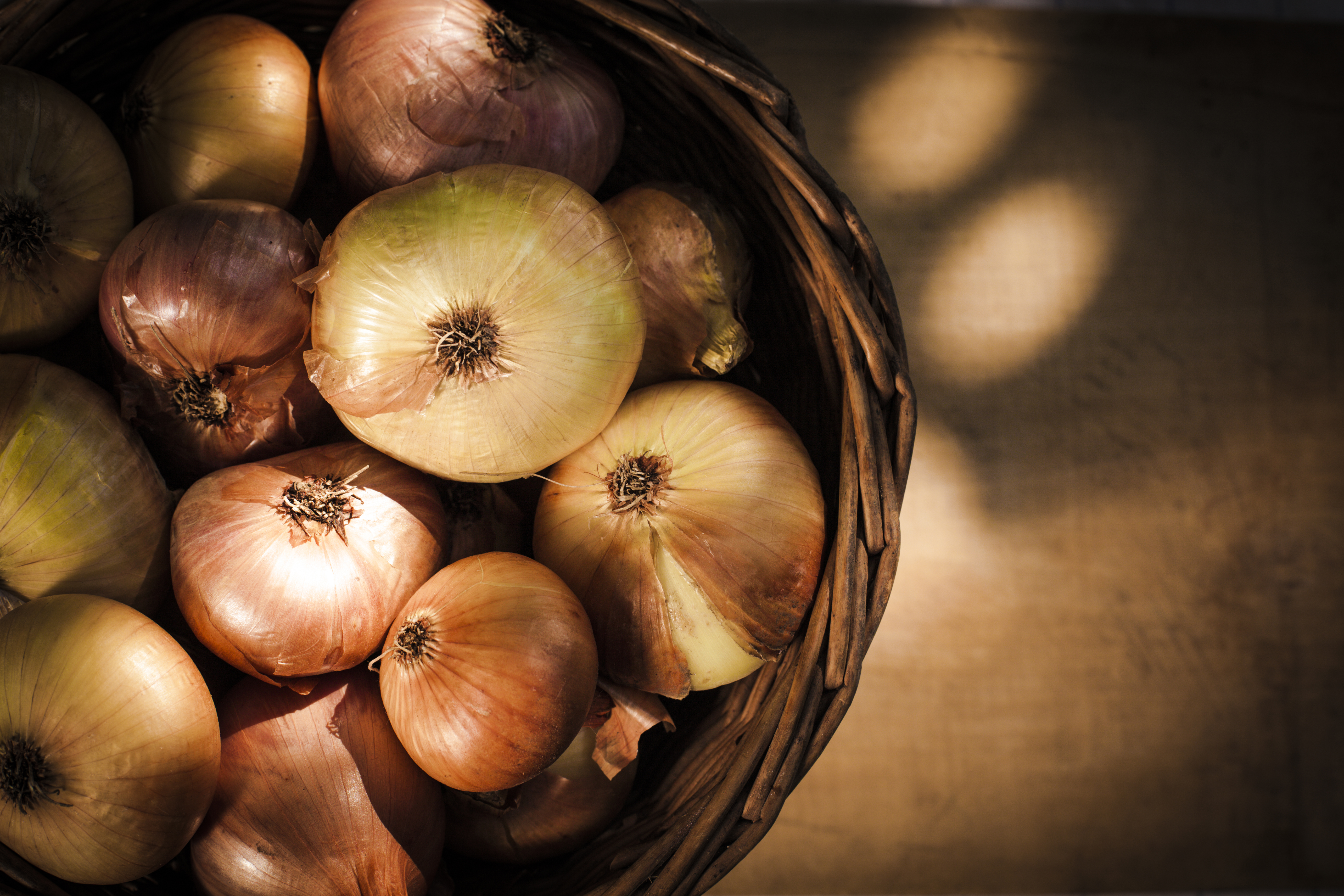
Onions are more than just a flavor base; they are packed with health benefits. Like their cousin garlic, onions contain a wealth of sulfur compounds and are a top source of the flavonoid quercetin, a powerful antioxidant with significant anti-inflammatory properties. Quercetin has been shown to inhibit the release of histamines and other inflammatory molecules. These versatile vegetables can be enjoyed raw in salads to maximize their benefits, sautéed to bring out their sweetness, or roasted to serve as a tender side. Including various types of onions in your cooking provides a consistent, everyday dose of compounds that help keep your body's inflammatory response in check.
35. Rosemary: The Aromatic Anti-inflammatory

Known for its woody fragrance, rosemary is a potent herb that does more than just enhance the flavor of roasted potatoes and chicken. It is rich in carnosic acid and carnosol, two powerful antioxidant and anti-inflammatory compounds that have been shown to protect brain cells from damage and reduce chronic inflammation. Rosemary's benefits extend to improving circulation and aiding digestion, which can both indirectly help to reduce inflammatory load on the body. Whether you use fresh sprigs in your cooking, sprinkle the dried herb on your meals, or steep it in hot water for a fragrant tea, rosemary is a delicious and therapeutic addition to your anti-inflammatory diet.
36. Sweet Potatoes: The Orange-Hued Nutrient Bomb
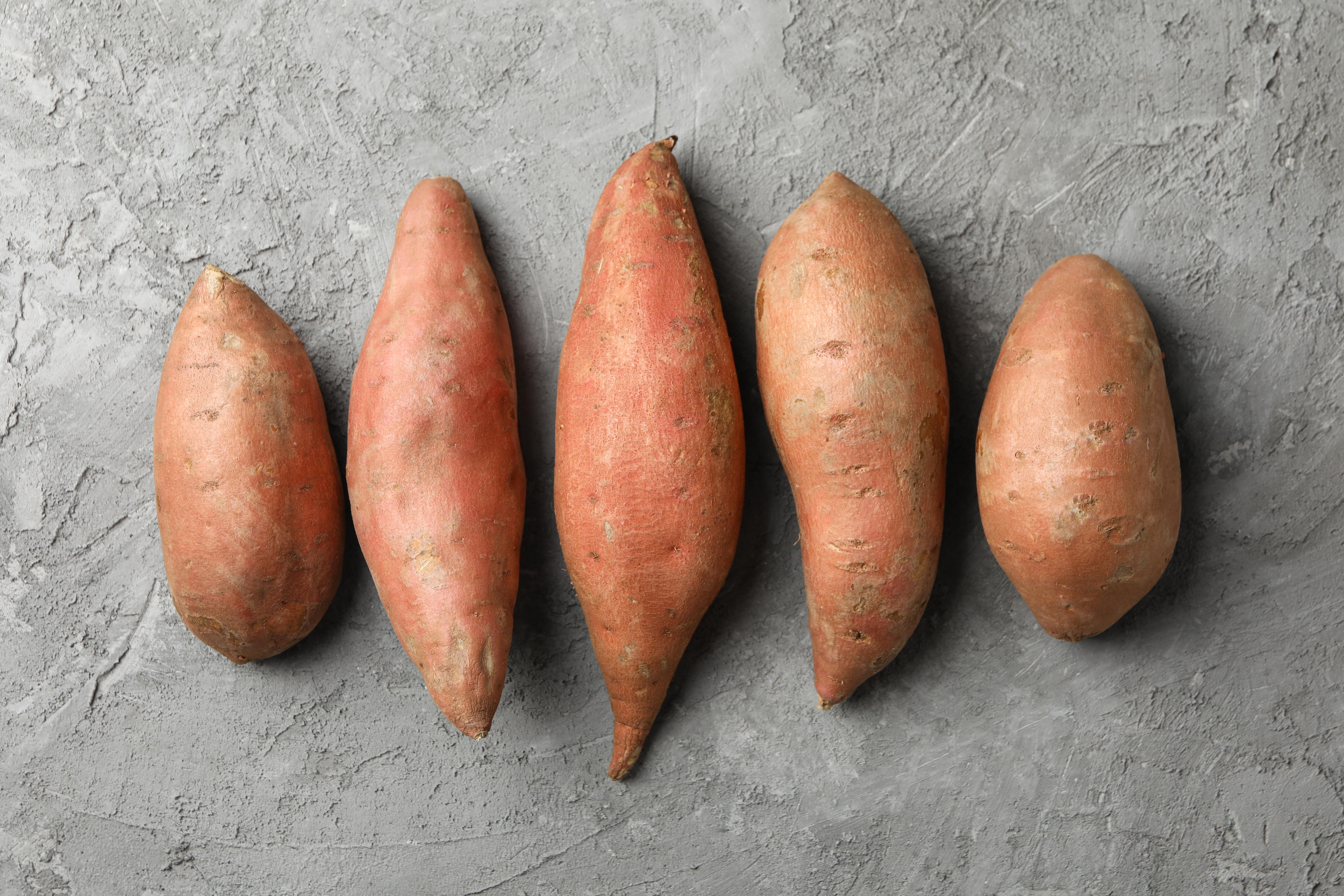
Sweet potatoes are a vibrant, flavorful root vegetable that provides a wealth of anti-inflammatory benefits. Their bright orange color comes from beta-carotene, a powerful antioxidant that the body converts into Vitamin A. This vitamin is essential for immune function and helps to reduce inflammation. Sweet potatoes are also a great source of Vitamin C, potassium, and fiber. The fiber supports a healthy gut microbiome, which is a key factor in managing systemic inflammation. Enjoying them roasted, mashed, or baked is an easy and delicious way to get a nutrient-dense boost that helps your body combat chronic inflammation.
37. The Ancient Power of Reishi Mushrooms

While the list mentions mushrooms, it's worth highlighting specific varieties with unique properties. The reishi mushroom, often called the "mushroom of immortality" in traditional Chinese medicine, is a prime example. While not a culinary staple like the button mushroom, it is a potent anti-inflammatory agent. It contains triterpenes and polysaccharides that help calm an overactive immune system, which is a major driver of chronic inflammation. Often consumed as a powder in coffee, teas, or smoothies, reishi is a functional food that works to regulate the body's inflammatory response rather than just fighting it.
38. The Unsung Anti-Inflammatory Properties of Cabbage
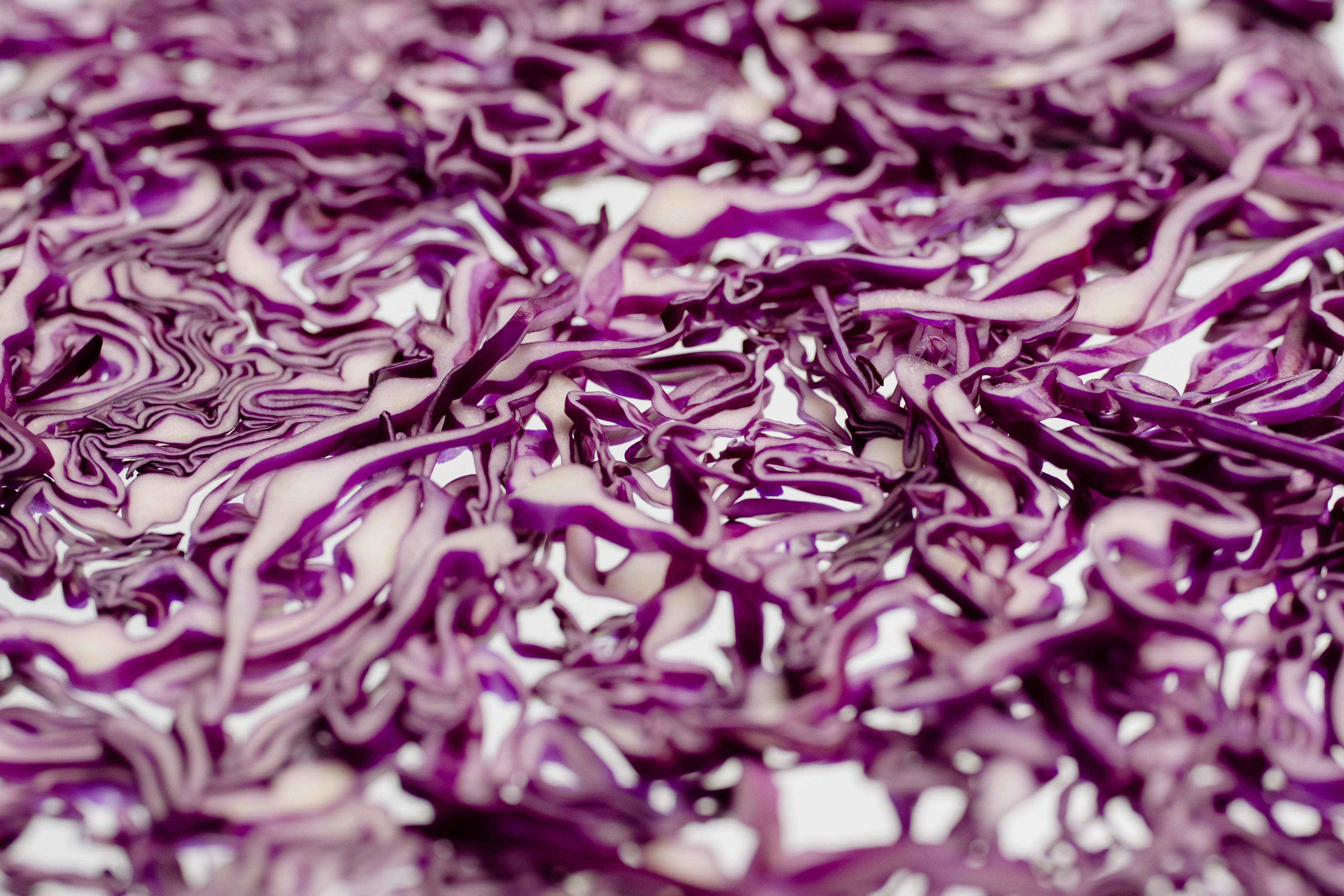
Often overlooked as a simple cruciferous vegetable, cabbage is a powerful anti-inflammatory food. Its benefits come from two primary compounds: sulforaphane (also found in broccoli) and flavonoids like kaempferol. Both compounds actively work to reduce inflammatory markers in the body. Cabbage also contains a high amount of glutamine, an amino acid that is crucial for maintaining the health of the intestinal lining. A healthy gut barrier is essential for preventing "leaky gut," which is a significant driver of chronic inflammation. Whether eaten raw in a slaw or fermented into sauerkraut, cabbage is a humble yet mighty ally.
39. The Aromatic Anti-inflammatory Powers of Thyme
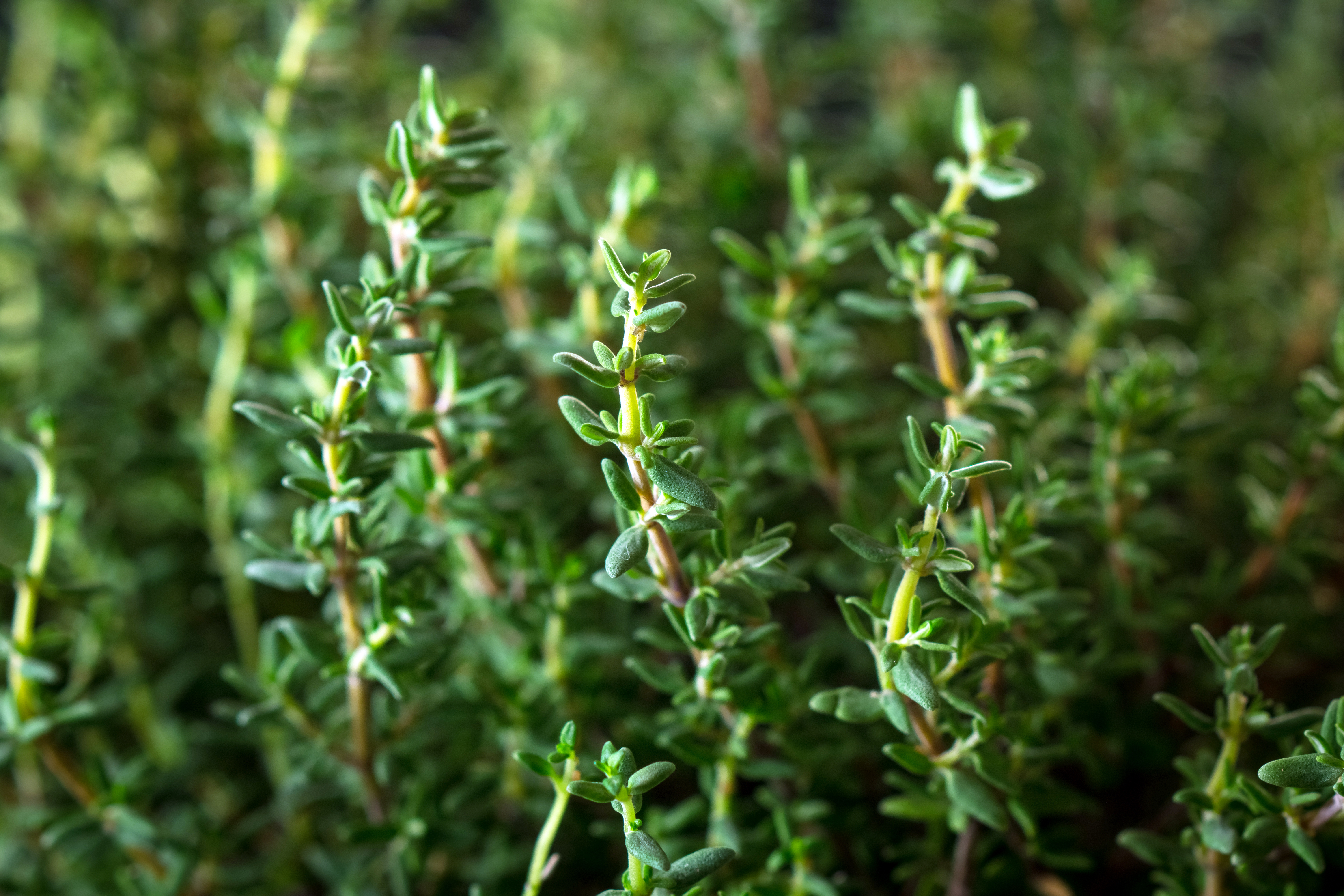
More than just a classic herb for seasoning poultry and vegetables, thyme is a potent anti-inflammatory warrior. It's rich in carvacrol and thymol, two powerful compounds that have been shown to inhibit cyclooxygenase-2 (COX-2), the same enzyme targeted by some anti-inflammatory drugs. These compounds not only combat inflammation but also possess antimicrobial properties, helping to support a healthy gut microbiome, which is intrinsically linked to systemic inflammation. Adding thyme to your cooking, whether fresh or dried, is a simple and delicious way to get a daily dose of its therapeutic compounds.
40. The Anti-Inflammatory Benefits of Black Cumin Seed Oil
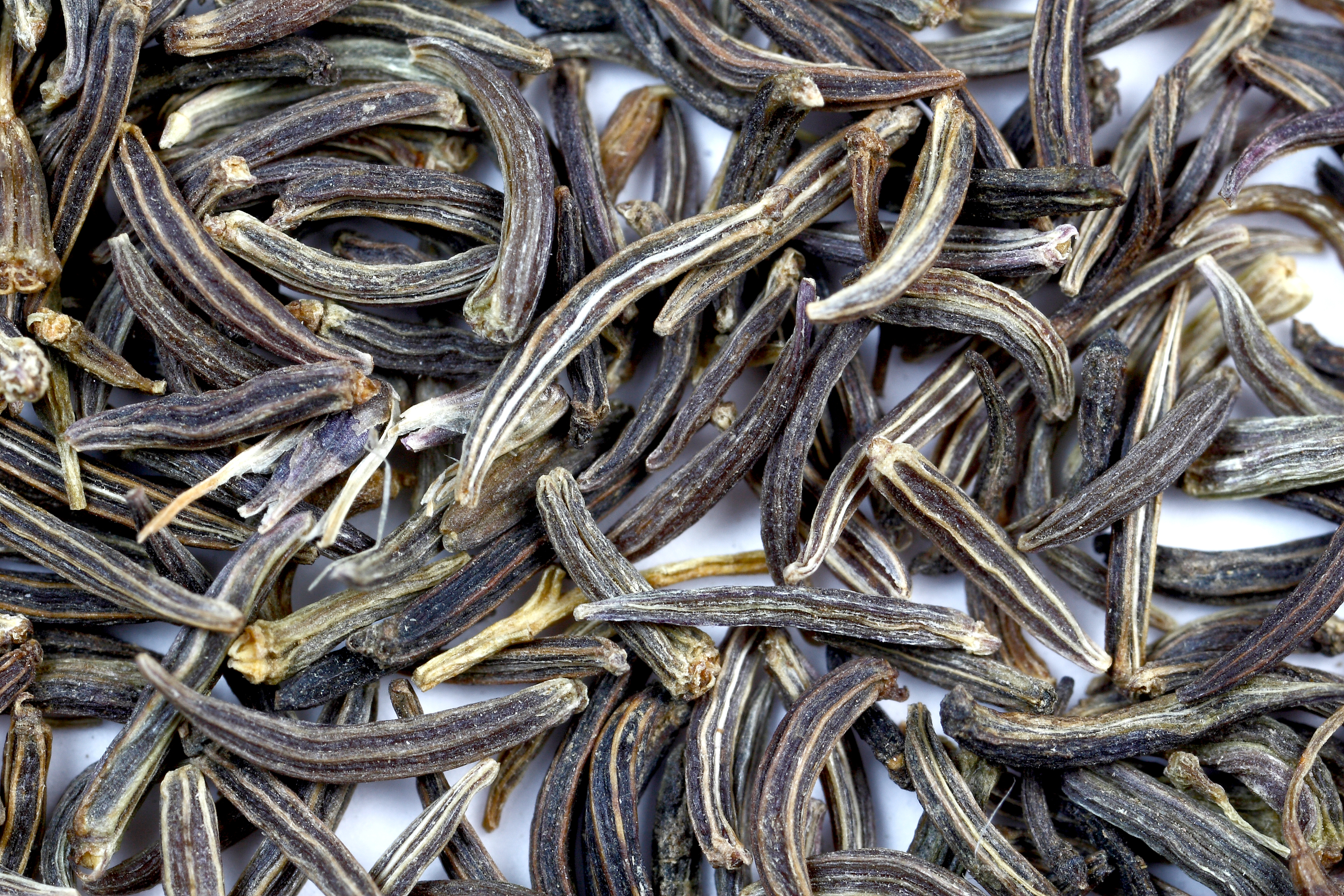
This powerful oil, also known as black seed oil or Nigella sativa, has a long history of use in ancient medicine across the Middle East. It is a potent anti-inflammatory agent due to its high concentration of thymoquinone, a compound with remarkable antioxidant properties. Studies suggest that black cumin seed oil can help reduce inflammatory markers in the body and may be beneficial for conditions like rheumatoid arthritis and asthma. It's often consumed in a teaspoon daily, added to smoothies, or used in dressings, offering a unique, earthy flavor and a powerful anti-inflammatory punch.
41. The Power of Resistant Starch and its Role in Gut Health
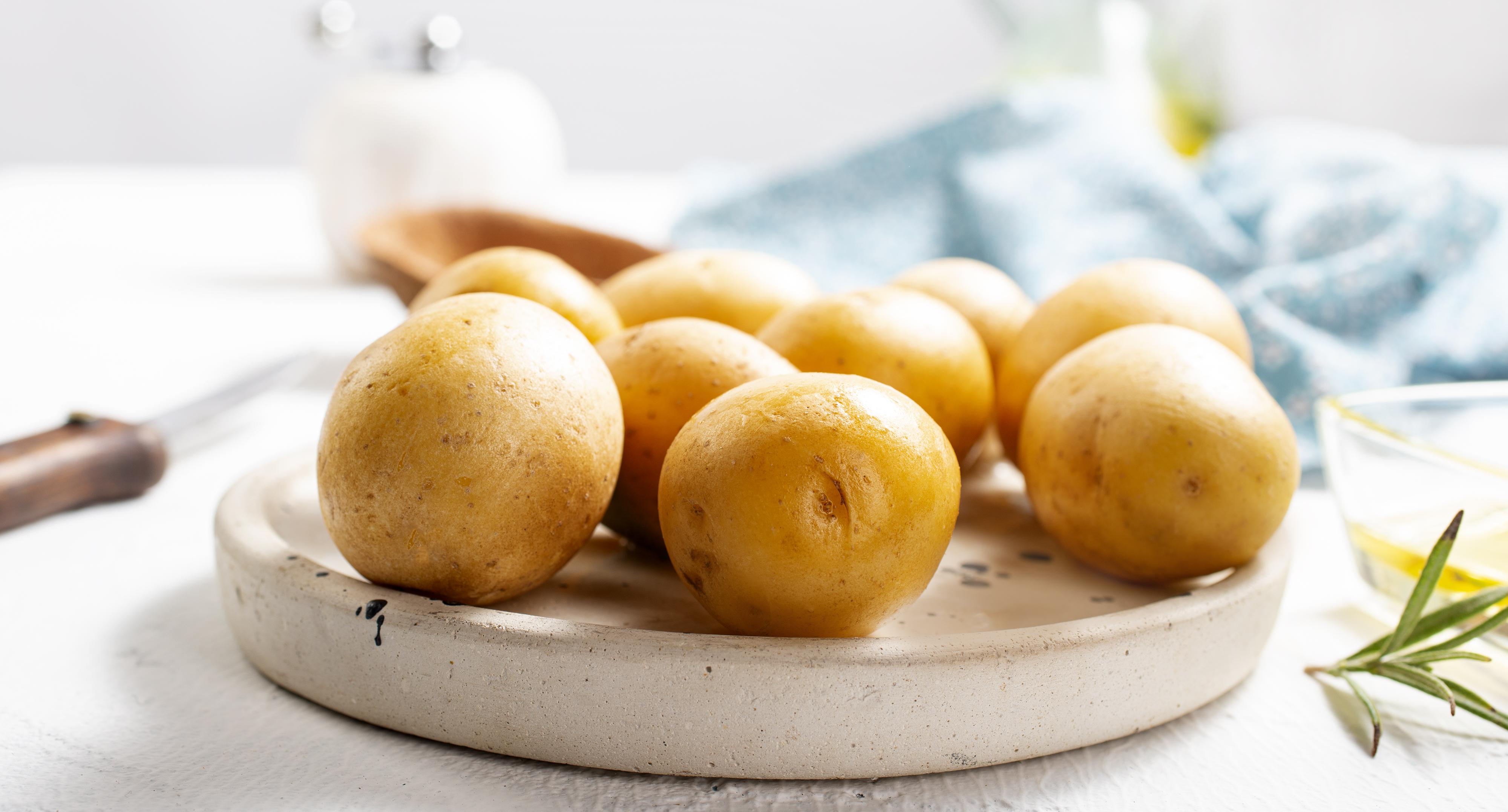
While the list mentions fiber, it's worth a deeper dive into resistant starch as a specific anti-inflammatory agent. Found in foods like cooled potatoes, green bananas, and oats, resistant starch isn't digested in the small intestine. Instead, it travels to the colon where it feeds beneficial gut bacteria, which in turn produce short-chain fatty acids like butyrate. Butyrate is a primary fuel source for the cells of your colon, and it has powerful anti-inflammatory effects, not just in the gut but systemically. This is a great example of how a "non-nutrient" can have a profound impact on health.
42. Blueberries: The Anthocyanin Star

Blueberries are a top source of anthocyanins, the powerful antioxidants that give them their deep blue hue. These compounds have been extensively studied for their ability to combat oxidative stress and lower inflammatory markers. Research suggests that a daily habit of eating blueberries can significantly reduce inflammation, improve heart health, and even support brain function. Enjoy them fresh, frozen, or in smoothies to get a concentrated dose of their inflammation-fighting power.
43. Ceylon Cinnamon: The Blood Sugar Stabilizer
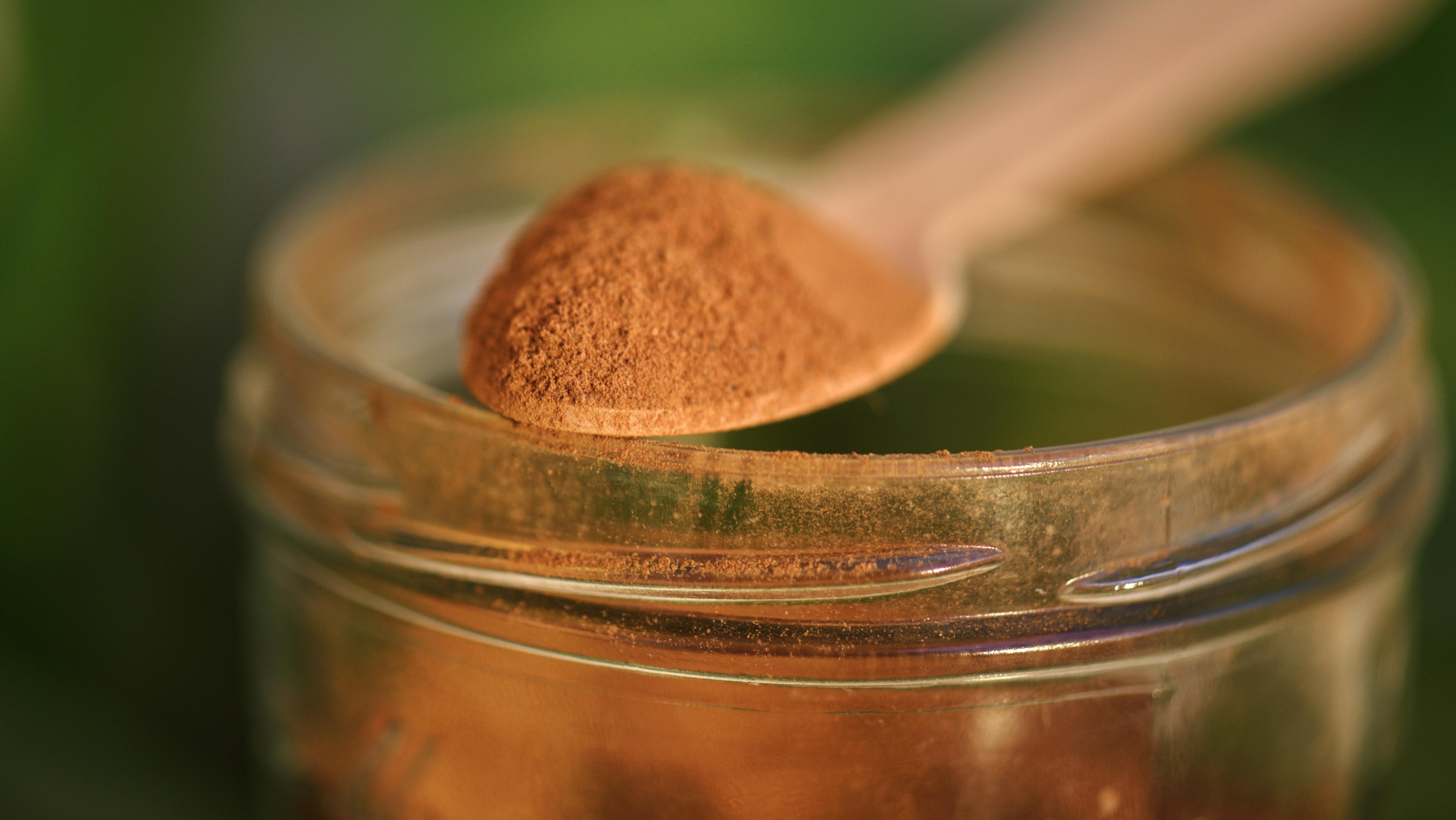
It's important to distinguish between common Cassia cinnamon and the more potent Ceylon cinnamon. While both have anti-inflammatory properties, Ceylon cinnamon contains a much lower level of coumarin, a compound that can be toxic to the liver in large doses. Ceylon cinnamon is rich in cinnamaldehyde, which helps stabilize blood sugar and insulin levels. Since chronic inflammation is often linked to insulin resistance, controlling blood sugar is a proactive way to reduce inflammatory load. Adding a daily sprinkle of Ceylon cinnamon to your oatmeal or coffee can be a simple, safe, and effective anti-inflammatory habit.
44. Bok Choy: The Gentle Cruciferous
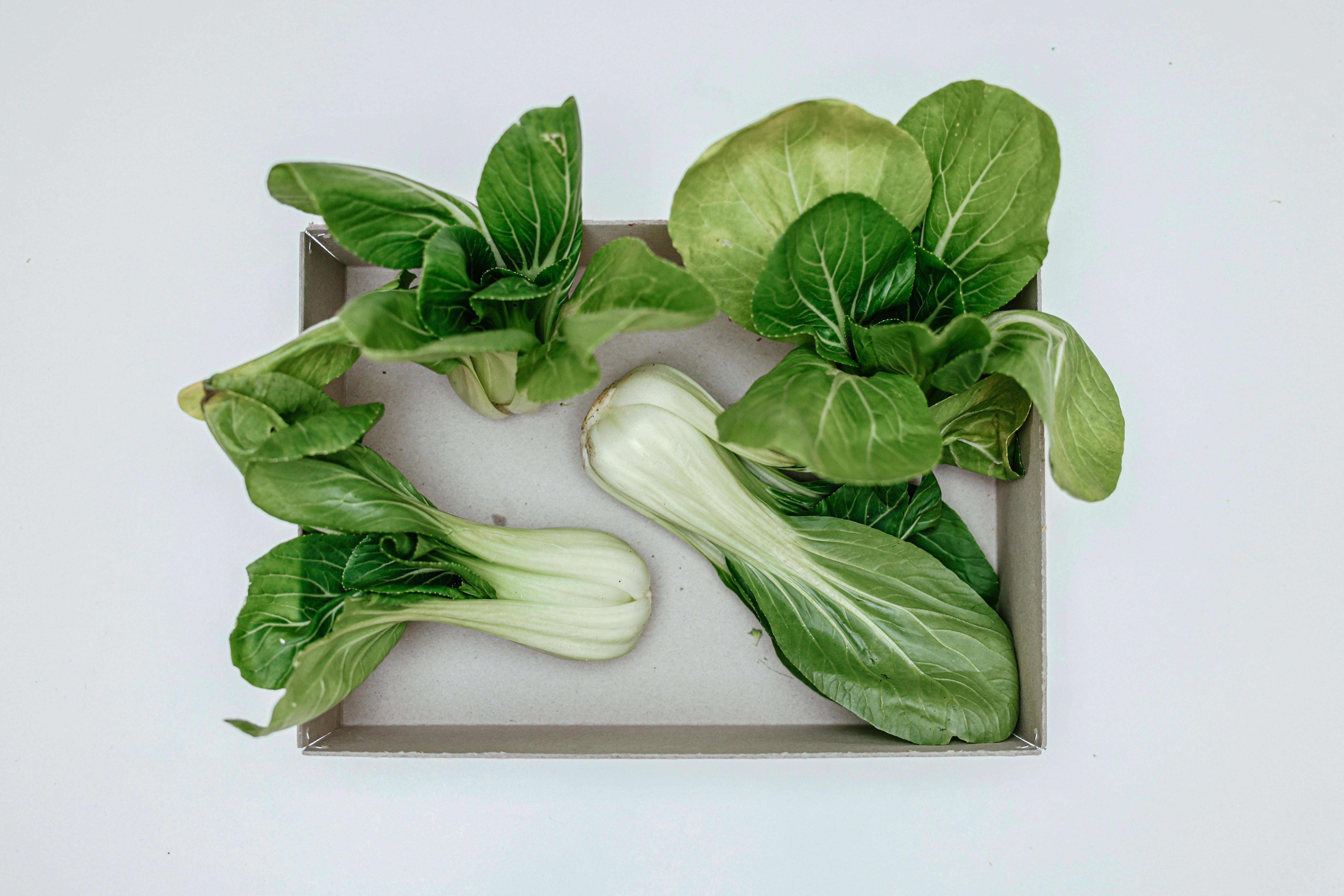
You've included leafy greens, but bok choy offers a unique benefit from a different category of vegetables. It's a member of the cruciferous family, meaning it contains glucosinolates that are converted into anti-inflammatory compounds. Unlike some of its pungent relatives, bok choy has a milder flavor and a crisp texture. It's also an excellent source of quercetin, a flavonoid that helps calm the body's inflammatory response. Gently sautéed with a little garlic and ginger, bok choy is a delicious and simple addition to any meal that provides a powerful anti-inflammatory punch without being overwhelming.
45. Shiitake Mushrooms: The Liver's Cholesterol Regulator
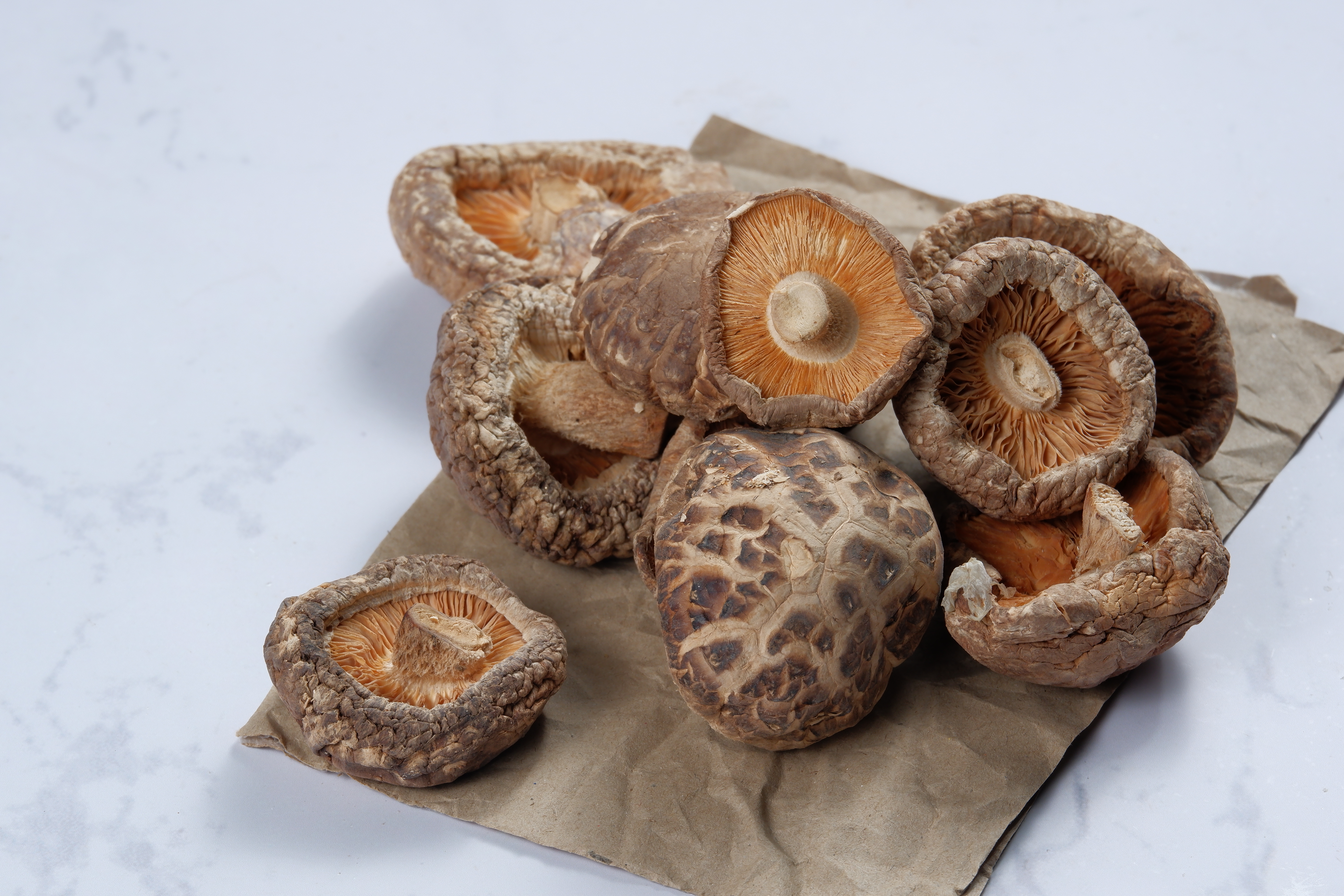
Shiitake mushrooms, a staple in many East Asian cuisines, offer a rich, umami flavor and a unique approach to fighting inflammation. They contain a compound called eritadenine which has been shown to directly inhibit the production of cholesterol in the liver. Since chronic inflammation is often linked to metabolic dysfunction, supporting the liver's ability to process and manage lipids is a critical step in reducing systemic inflammation. These mushrooms also contain beta-glucans, a type of soluble fiber that helps modulate the immune system and calm inflammatory responses. Incorporating these mushrooms into your diet through stir-fries, soups, or as a meat substitute is a delicious and effective way to support your heart and fight inflammation from the inside out.
46. Okra: The Mucilaginous Cholesterol Sponge
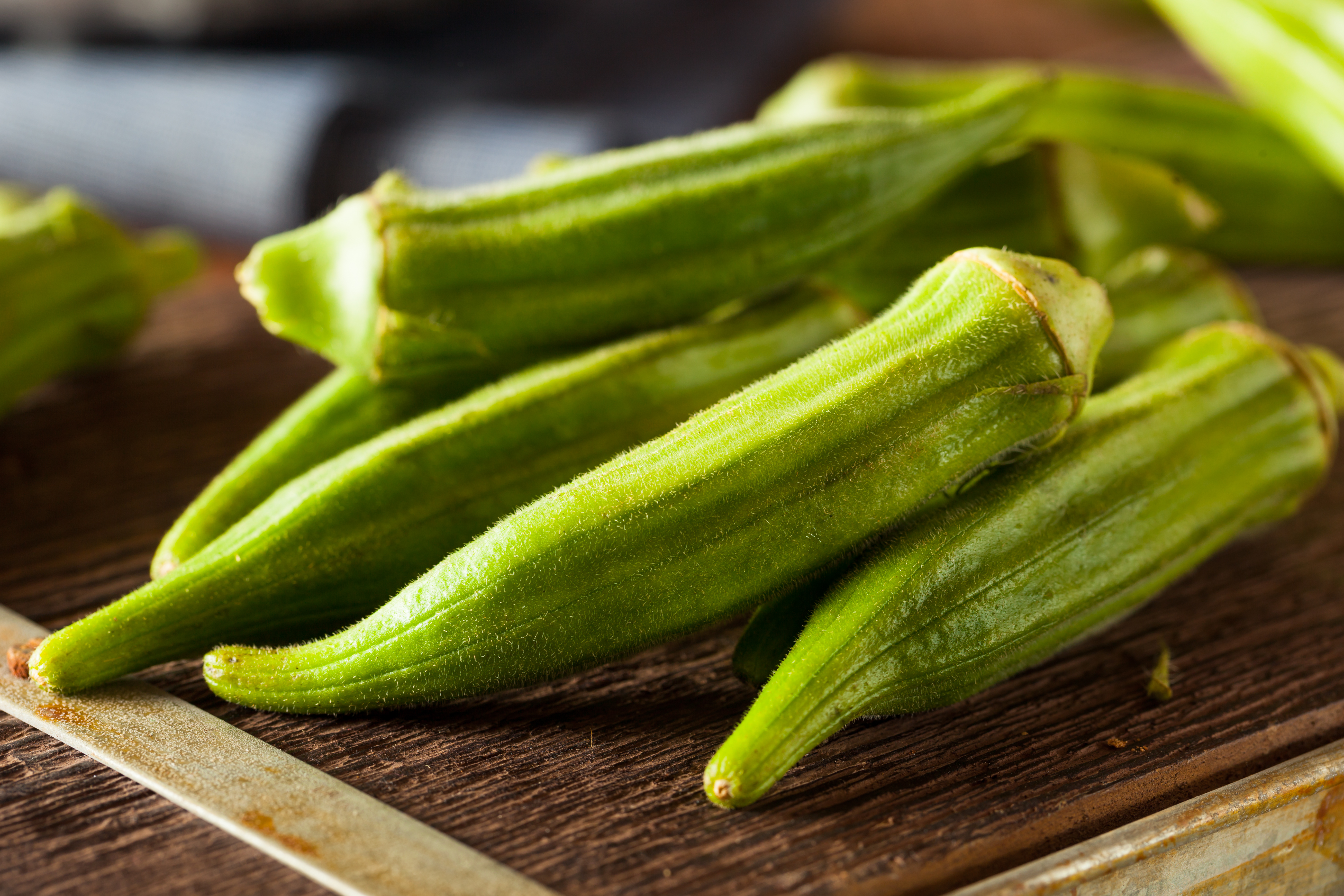
Often misunderstood for its unique texture, okra is a powerful anti-inflammatory vegetable. Its "slimy" quality comes from mucilage, a type of soluble fiber that forms a gel-like substance in your digestive tract. This gel acts like a sponge, binding to excess cholesterol and bile acids and carrying them out of your body before they can be absorbed. This process not only helps lower cholesterol but also reduces the inflammatory burden on your body. Okra also contains a variety of antioxidants and vitamins that support overall cardiovascular health. Whether roasted, steamed, or added to a hearty gumbo, okra is a simple and highly effective way to use nature's own binding agent to keep your body's inflammatory response in check.
47. Fenugreek Seeds: The Ancient Fiber-Rich Remedy
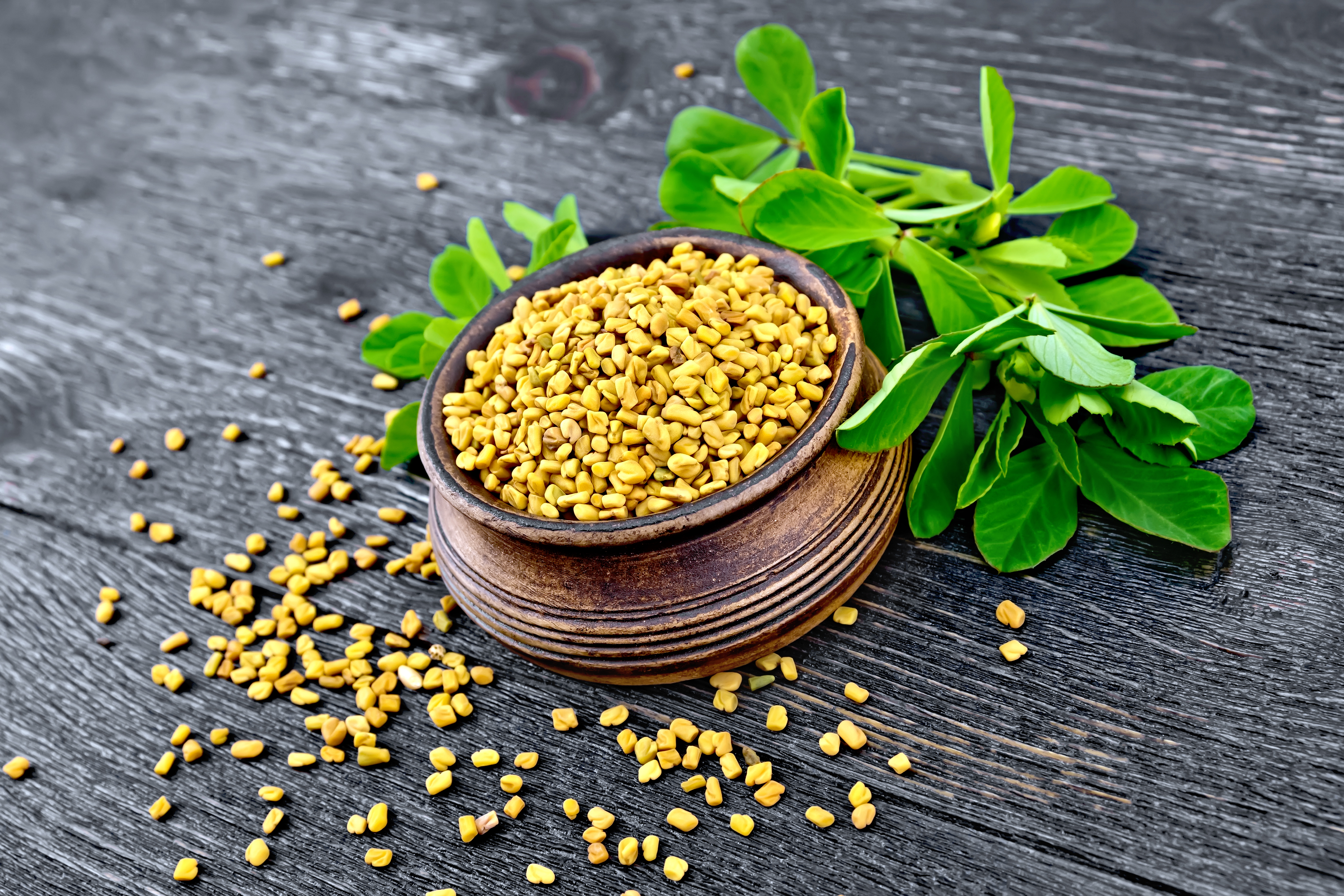
Fenugreek, a small, aromatic seed, has been used for centuries in traditional medicine and cooking. Its anti-inflammatory power comes from its high concentration of galactomannan, a specific type of soluble fiber that forms a thick, gel-like substance in the gut. This gel effectively slows down the absorption of dietary fats and helps in their excretion, which helps reduce the inflammatory load on your body. Fenugreek can also help with blood sugar regulation, which is an important factor in managing chronic inflammation. You can easily add fenugreek seeds to your diet by soaking them in water overnight, sprouting them for salads, or using them as a spice in curries.
48. Jicama: The Crunchy Prebiotic
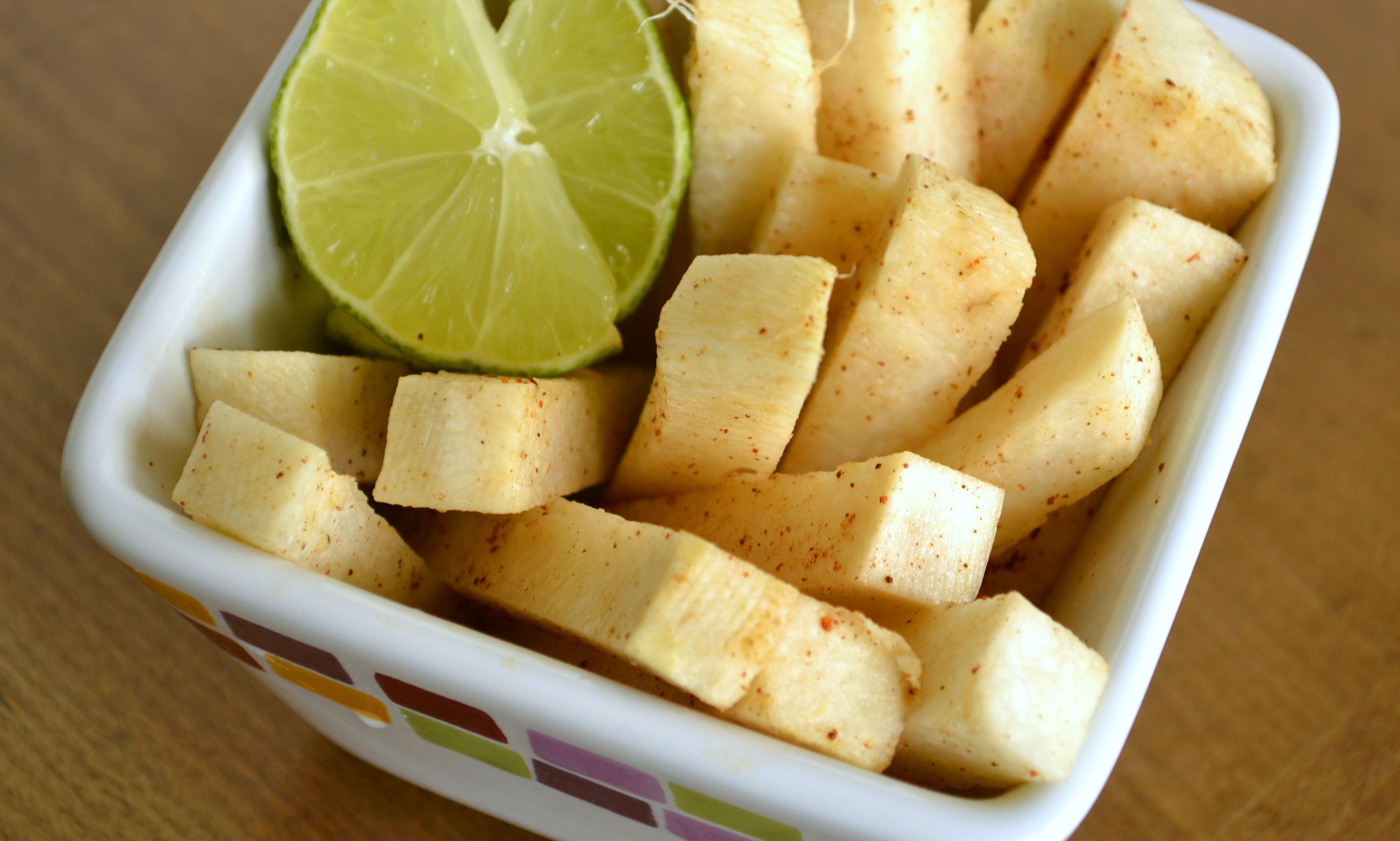
Jicama, a crisp and refreshing root vegetable, is an excellent but often overlooked food for fighting inflammation. Its primary benefit comes from its incredibly high content of inulin, a prebiotic fiber that feeds the beneficial bacteria in your gut. A healthy gut microbiome is now understood to play a crucial role in regulating the immune system and reducing systemic inflammation. By nourishing your gut, jicama helps your body naturally calm its inflammatory response. Enjoy it sliced in salads, as a crunchy raw snack with a squeeze of lime, or in a vibrant slaw to add a unique texture and flavor to your meals.
49. Kefir: The Probiotic-Rich Healer

While many foods fight inflammation from the outside, kefir, a tangy fermented milk drink, works from the inside out. It is packed with a wide variety of beneficial bacteria and yeasts, making it a powerful source of probiotics. Since a significant amount of inflammation begins in the gut, a healthy and diverse gut microbiome is crucial for keeping it in check. Using kefir as a base for your morning smoothie or enjoying a small glass daily helps rebalance your gut, which in turn, helps to regulate your immune system and calm your body’s inflammatory response. For a dairy-free option, look for coconut or water kefir.
50. Papaya: The Enzyme-Packed Soother
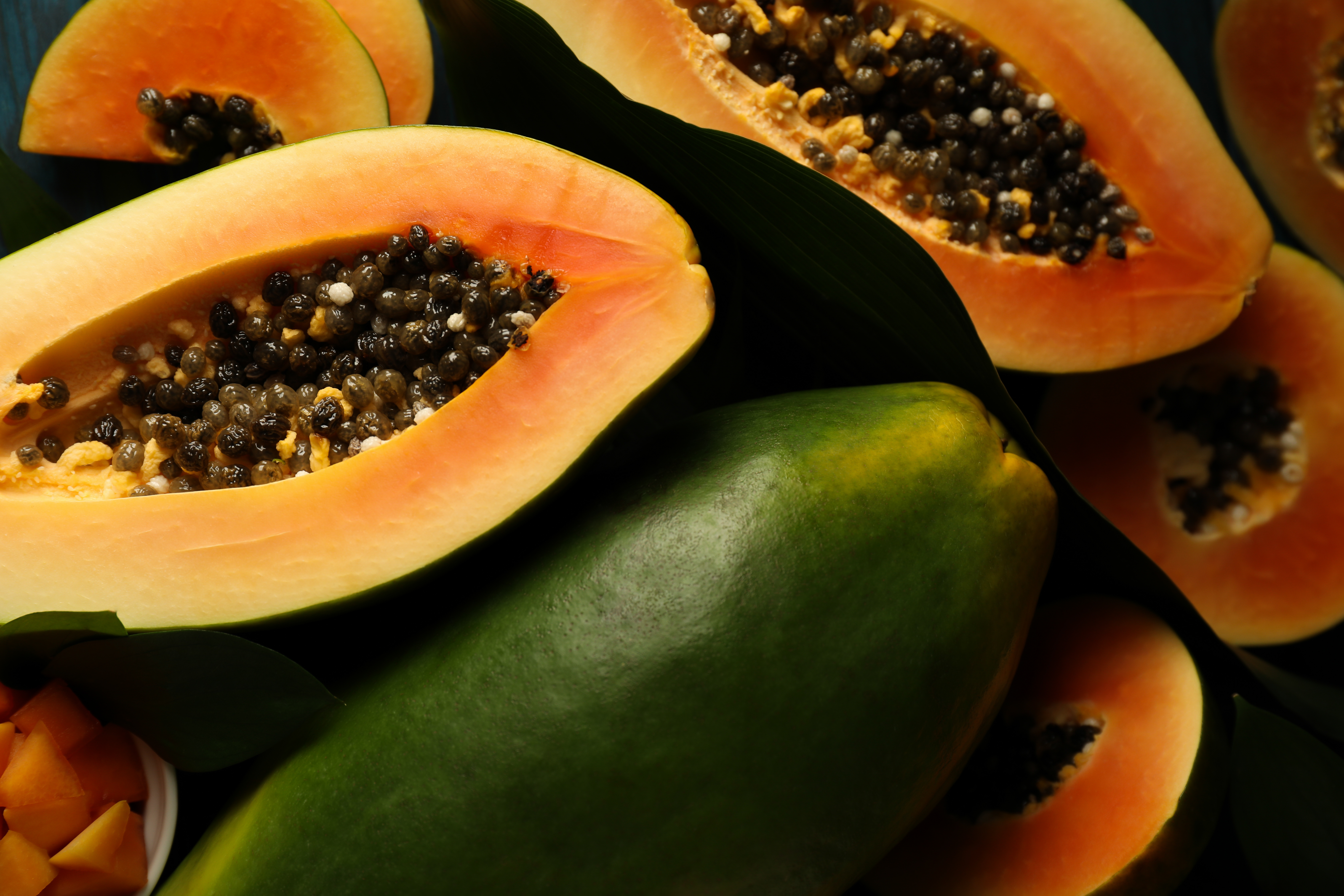
This sweet, tropical fruit is a powerhouse of anti-inflammatory benefits, thanks to a potent digestive enzyme called papain. This enzyme helps break down proteins and can reduce inflammation, particularly in the gut. Papaya is also a great source of carotenoids, like beta-carotene, and Vitamin C, which act as powerful antioxidants to neutralize free radicals that cause cellular damage. By regularly incorporating fresh papaya into your diet, you’re not just getting a delicious fruit; you're also consuming an enzyme that can help soothe digestive discomfort and reduce systemic inflammation.
51. Artichokes: The Liver's Best Friend
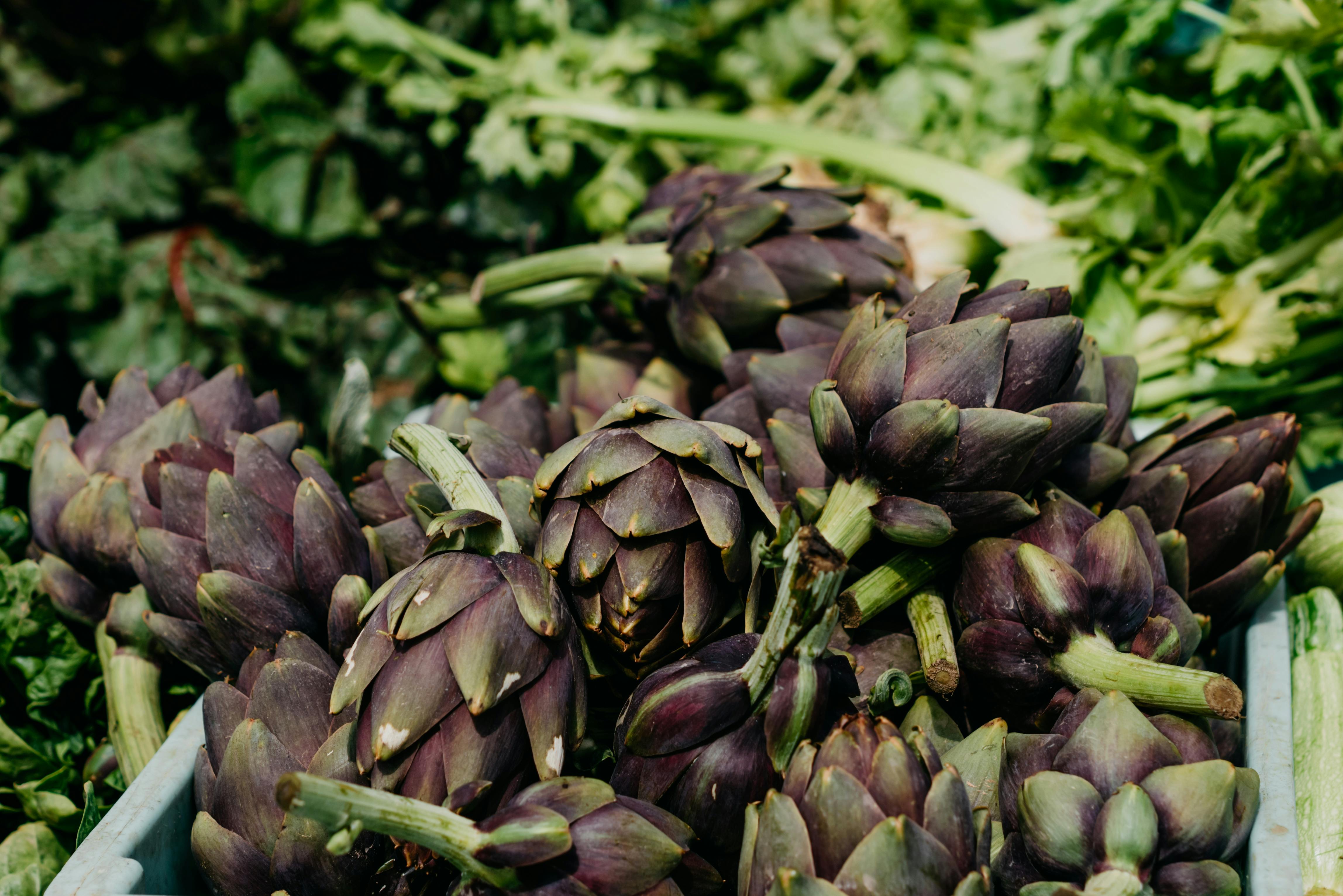
Artichokes are a surprising ally in the fight against chronic inflammation. They contain a powerful compound called cynarin that stimulates the production and flow of bile from the liver. Bile is essential for breaking down fats and helping the body eliminate toxins, which reduces the inflammatory burden on your system. Artichokes are also rich in silymarin, a flavonoid that protects liver cells from damage and aids in their regeneration. By supporting the health of your liver, you improve your body's natural ability to filter and cleanse. Enjoy artichokes steamed, roasted, or grilled to unlock these unique health benefits.
52. Buckwheat: The Rutin-Rich Grain
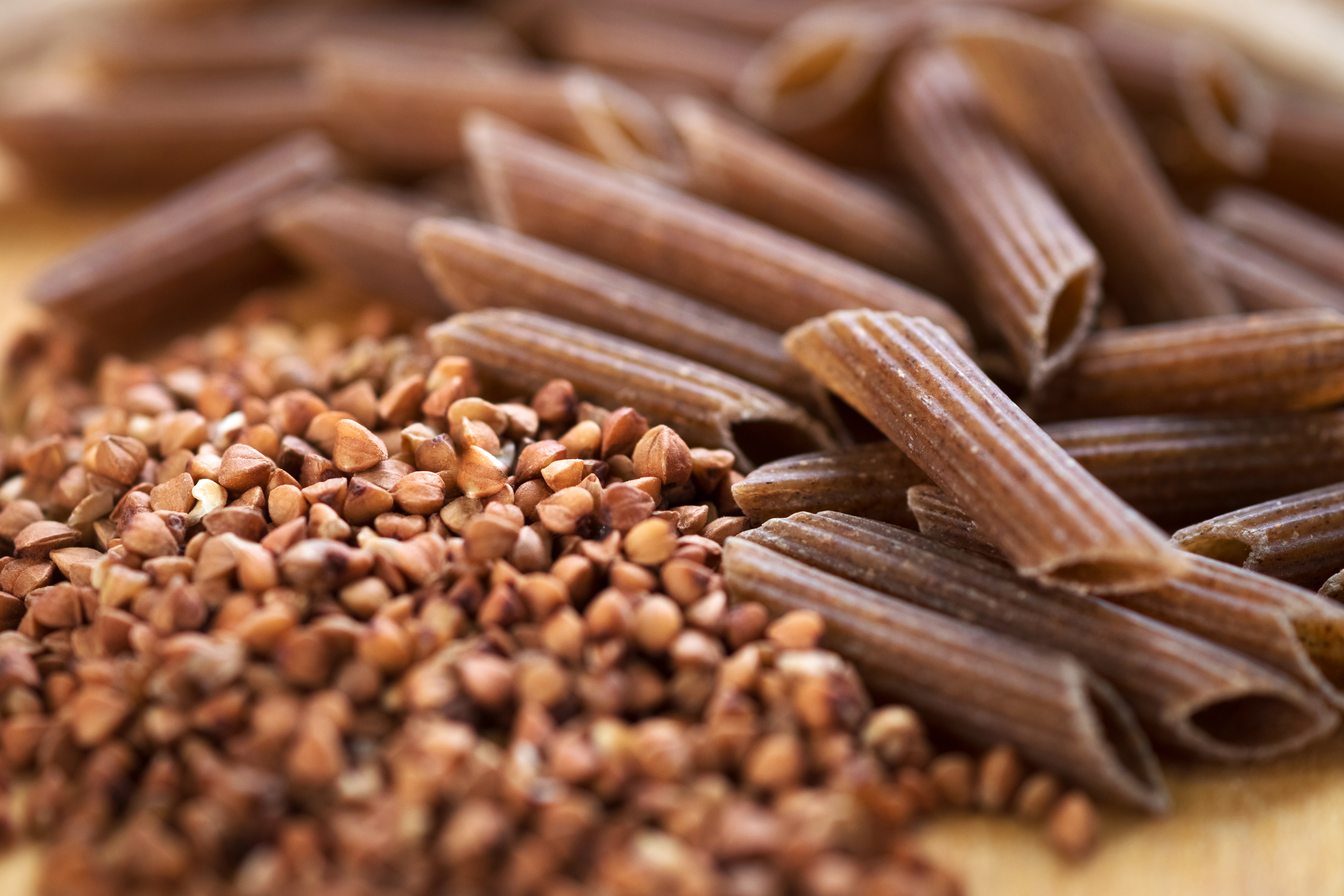
Often mistaken for a grain, buckwheat is actually a gluten-free pseudo-cereal with impressive anti-inflammatory properties. It is a fantastic source of rutin, a flavonoid that is a powerful antioxidant. Rutin has been shown to reduce inflammation and oxidative stress, and it may help improve circulation by strengthening blood vessels. Buckwheat is also a great source of fiber and magnesium, both of which contribute to a healthy heart and balanced inflammatory response. You can enjoy buckwheat as a hot breakfast porridge, as flour for pancakes, or as a base for salads and bowls.
53. Sorghum: The Gluten-Free Grain
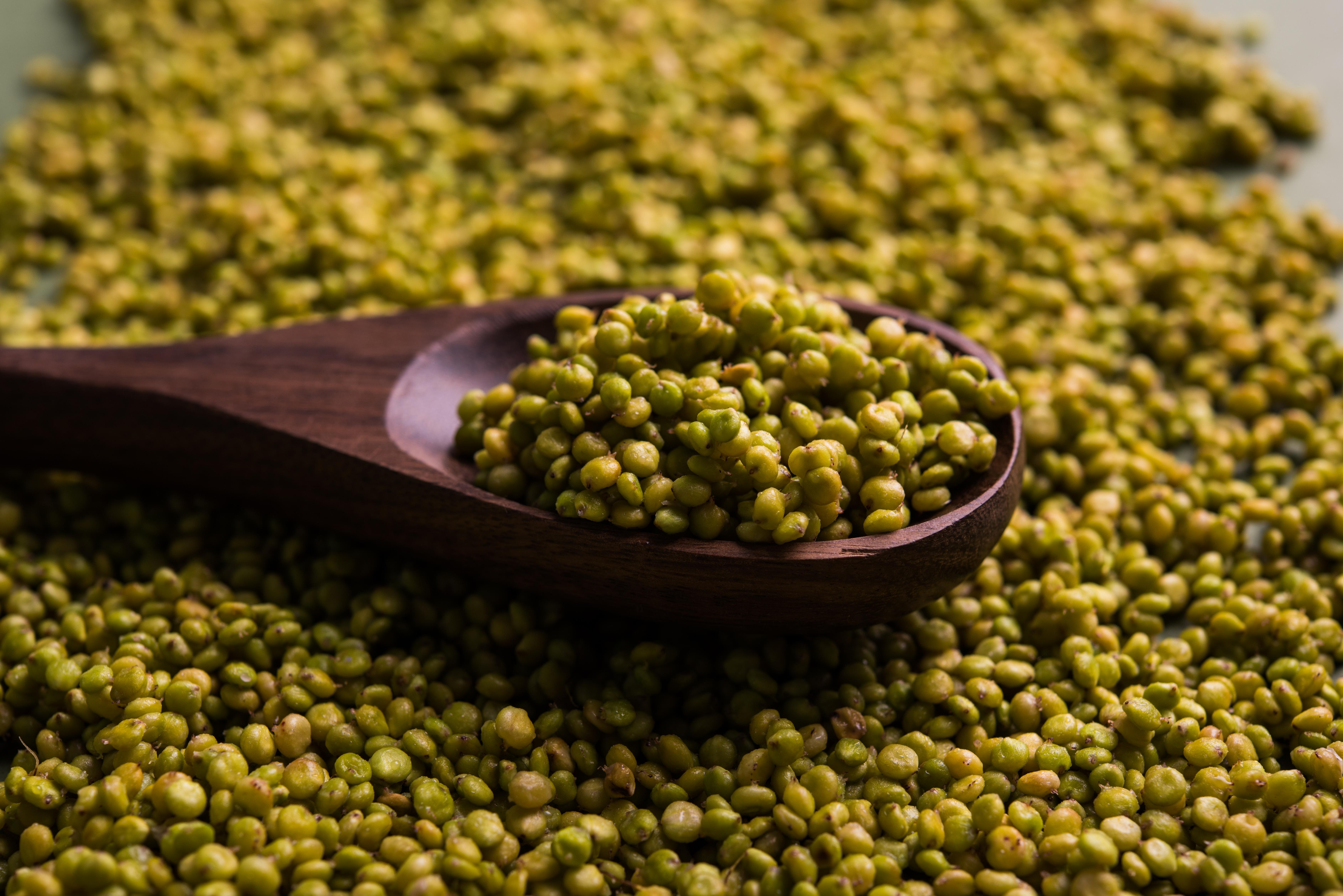
Sorghum, a gluten-free ancient grain, is a powerful anti-inflammatory food that is not as well-known as quinoa or oats. It is rich in a variety of antioxidants, including phenolic compounds and flavonoids, that help to reduce oxidative stress and inflammation. Sorghum is also an excellent source of dietary fiber, which is crucial for a healthy gut microbiome and a balanced immune response. You can enjoy sorghum as a whole grain in salads and side dishes, or use it as a flour for baking. This versatile grain is a delicious and unique way to add anti-inflammatory benefits to your diet.
54. Peas: The Podded Powerhouse
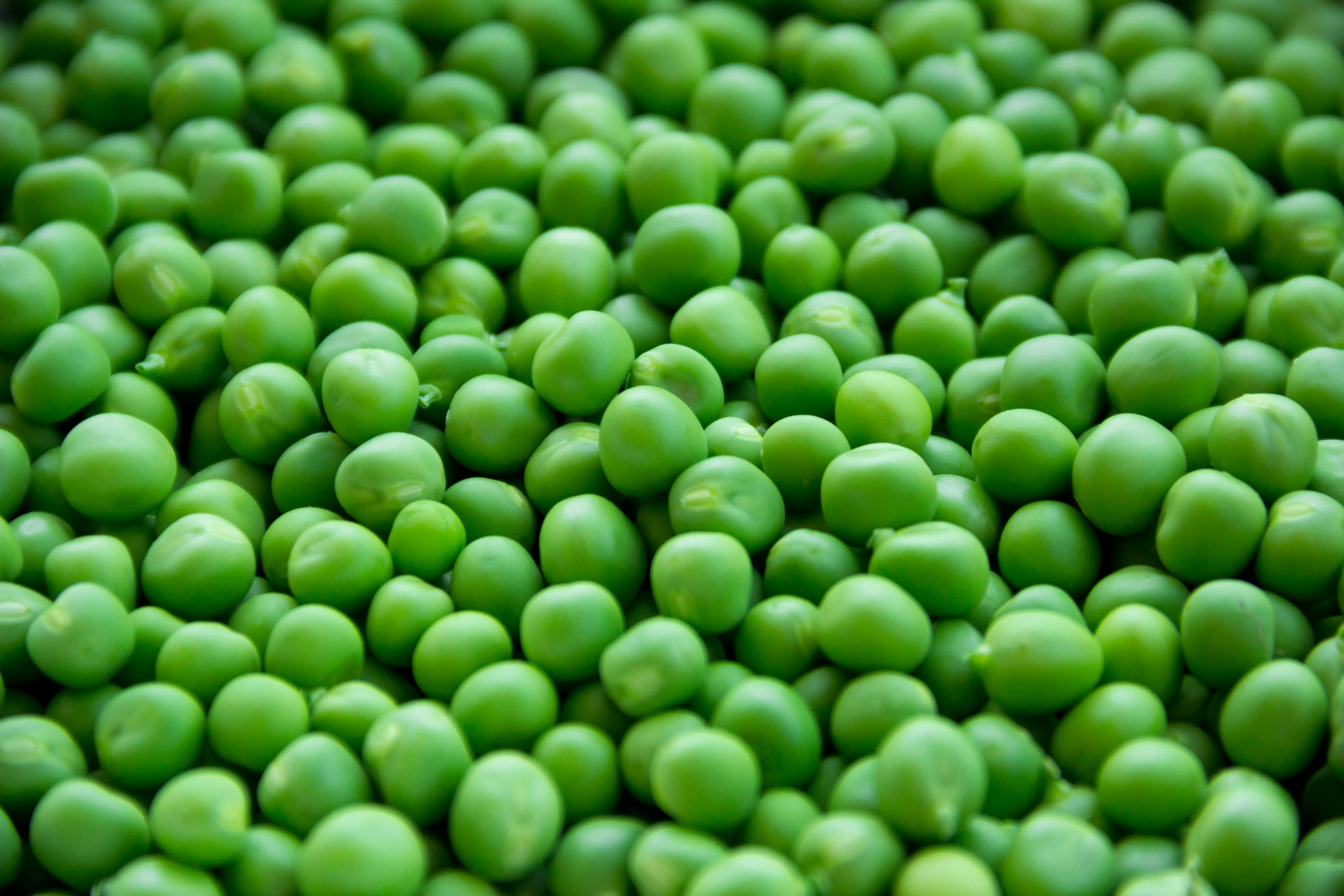
Green peas are a simple, humble vegetable that are often overlooked for their anti-inflammatory properties. They are packed with a variety of antioxidants, including flavonoids and carotenoids, which help combat cellular damage. Peas are also a great source of plant-based protein and fiber, which are crucial for maintaining a healthy gut microbiome, a key factor in managing systemic inflammation. Whether you enjoy them fresh in a salad, steamed as a side dish, or blended into a soup, peas offer an easy and accessible way to add a powerful anti-inflammatory boost to your meals.
55. Mango: The Tropical Anti-Inflammatory
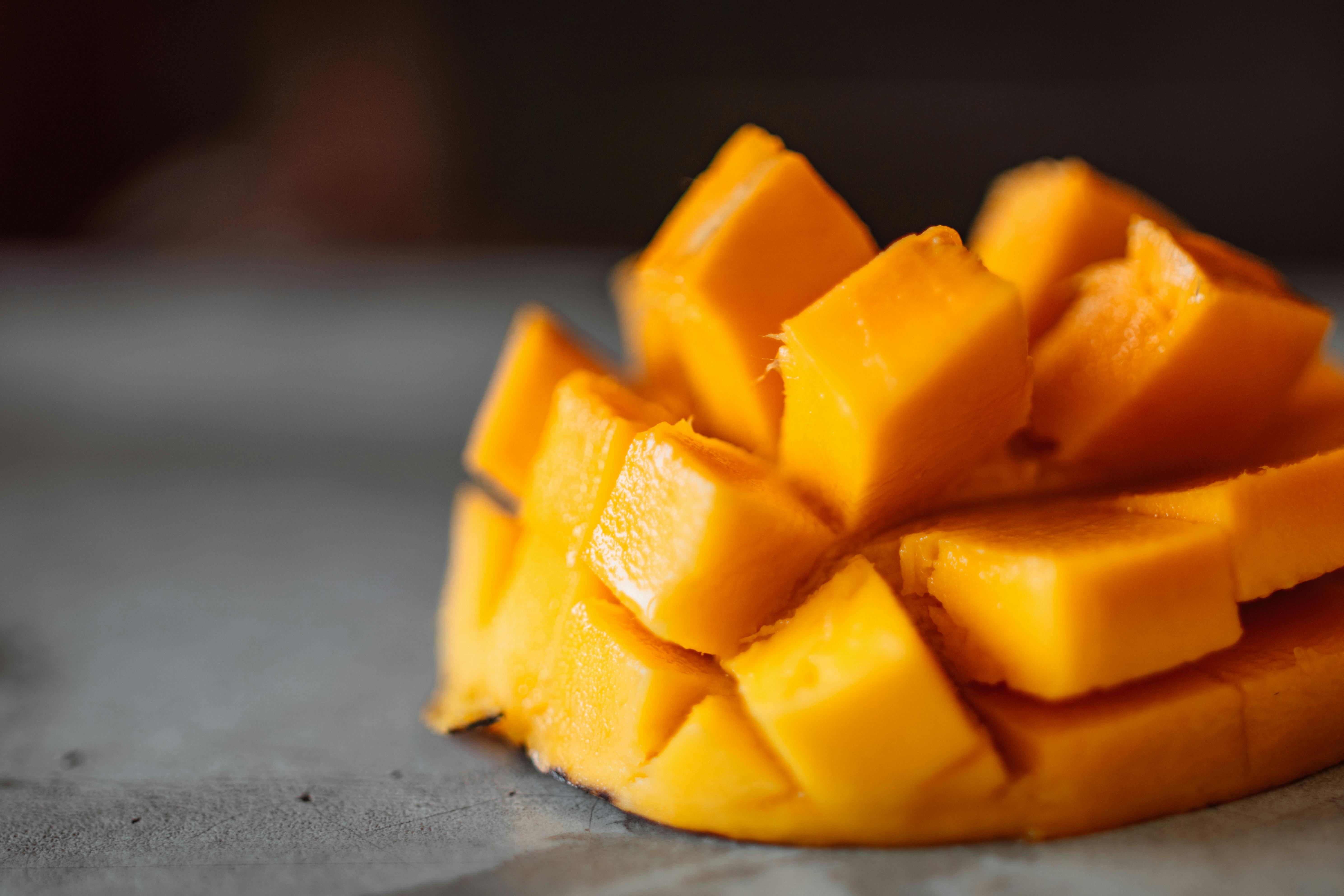
This sweet, tropical fruit is a powerhouse of anti-inflammatory benefits, thanks to a potent compound called mangiferin. Mangiferin is a flavonoid that has been shown to reduce inflammatory markers and protect cells from oxidative stress. Mangoes are also a rich source of Vitamin C and beta-carotene, both of which act as powerful antioxidants. By regularly incorporating this delicious fruit into your diet, you're not just getting a refreshing taste; you're also consuming a unique compound that can help soothe inflammation and support your overall well-being.
56. Star Anise: The Aromatic Anti-Inflammatory
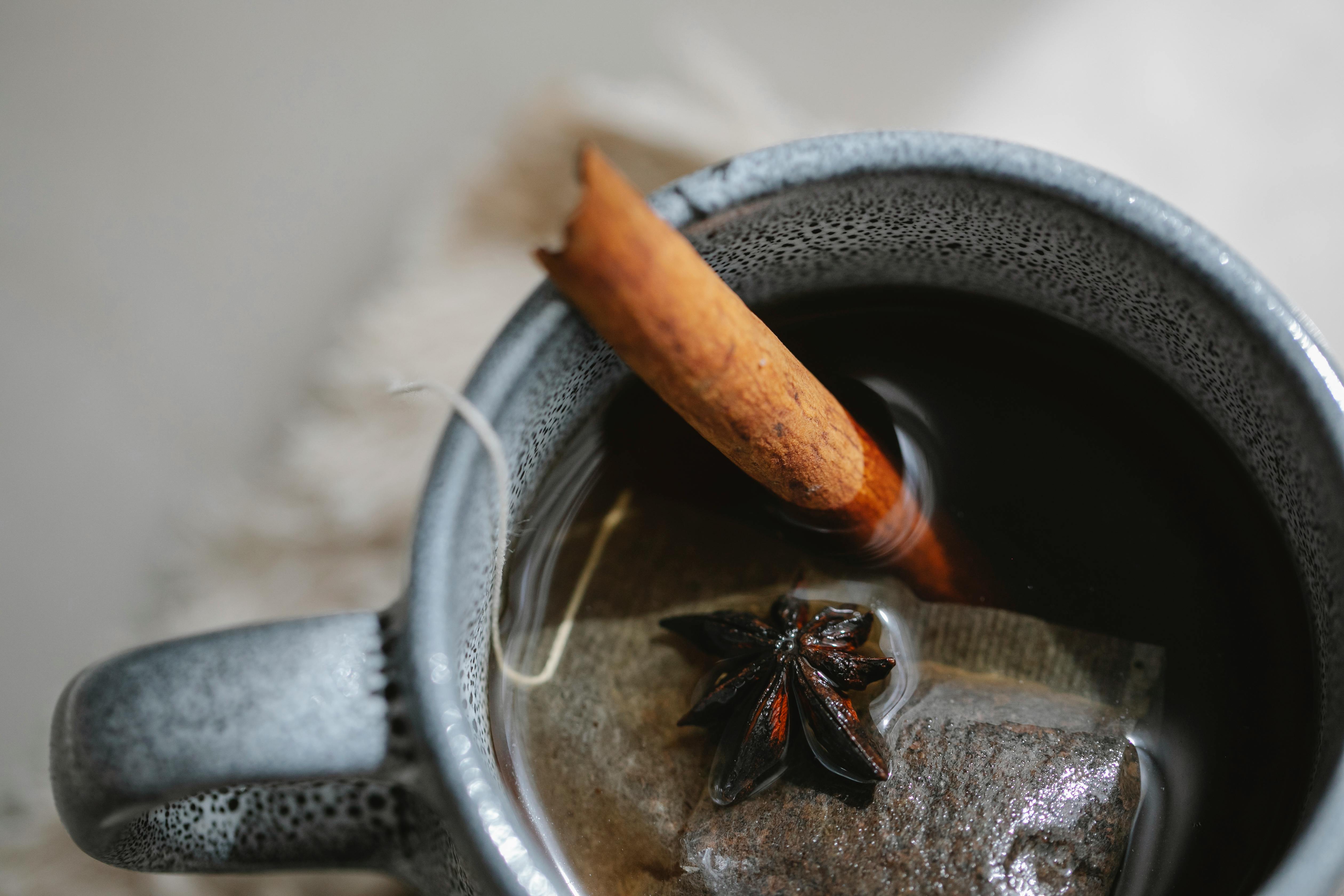
More than just a beautiful spice, star anise is a potent anti-inflammatory warrior with a unique health profile. Its signature compound, shikimic acid, is a powerful antioxidant that has been studied for its ability to reduce inflammation and support immune function. Star anise also contains other flavonoids and phenols that help to neutralize free radicals. You can use it to add a warm, licorice-like flavor to broths, teas, or slow-cooked dishes. This elegant and aromatic spice is a simple way to add a powerful, and unexpected, therapeutic compound to your diet.
57. Pumpkin Seeds: The Mineral-Rich Anti-Inflammatory
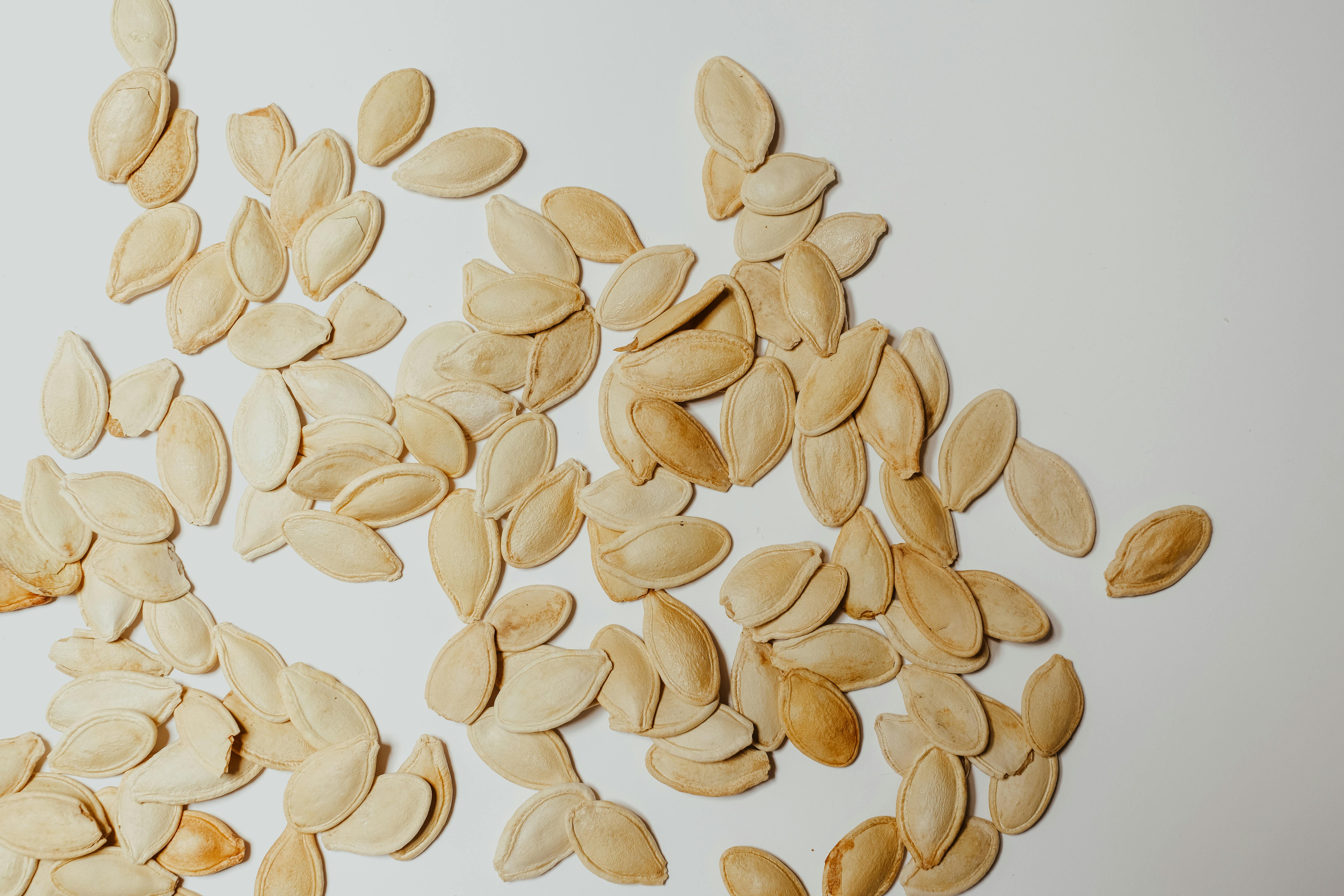
Pumpkin seeds, or pepitas, are an excellent and often overlooked addition to an anti-inflammatory diet. They are a rich source of magnesium, a crucial mineral that helps regulate over 300 biochemical reactions in the body, including many that are key to reducing inflammation. Pumpkin seeds also contain potent antioxidants like Vitamin E and zinc, which help to protect cells from damage and support a healthy immune system. Add a handful to your salads, oatmeal, or eat them as a satisfying snack to get a boost of these essential, inflammation-fighting minerals.
58. Hemp Seeds: The Perfectly Balanced Omega Source
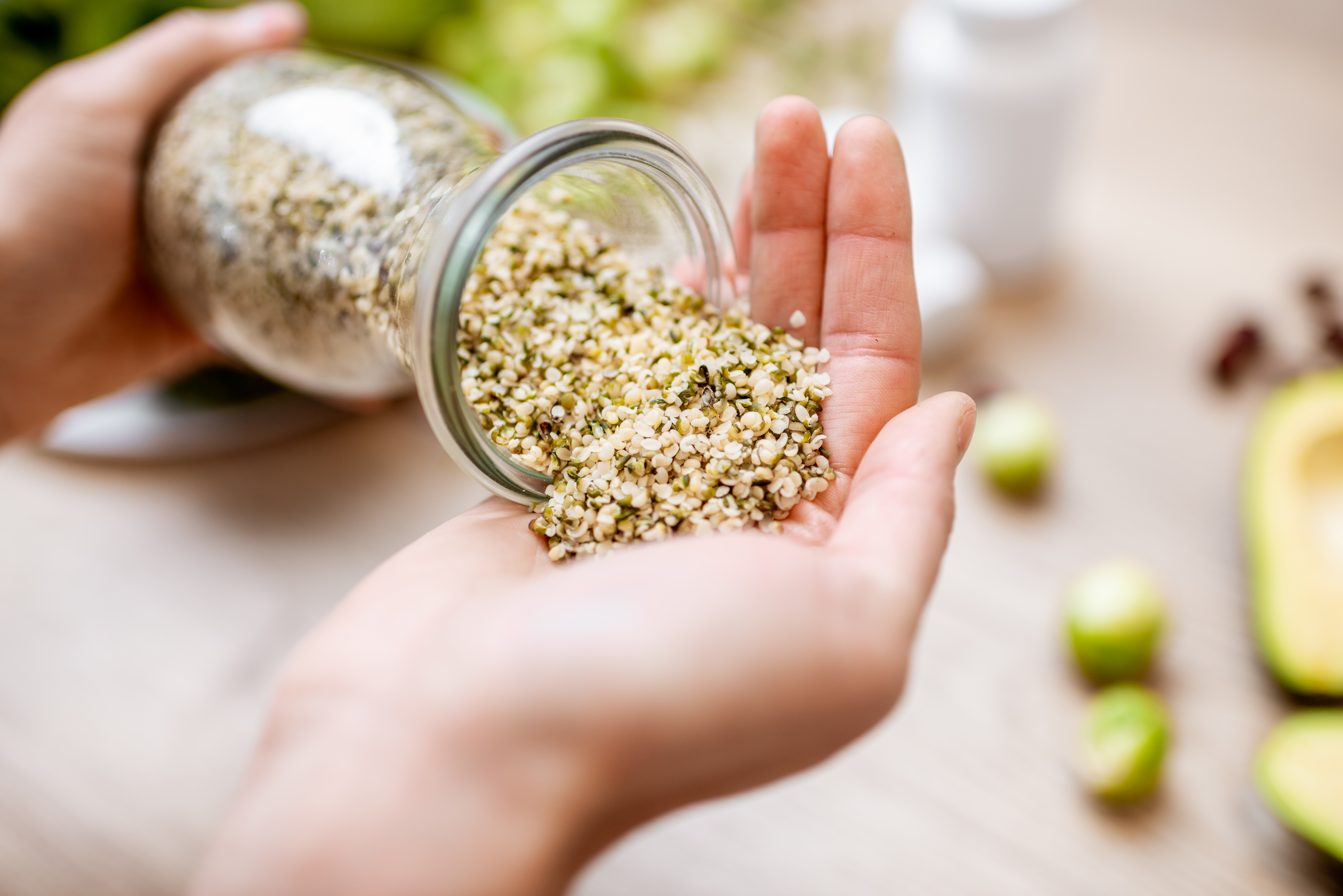
Hemp seeds offer a distinct anti-inflammatory advantage due to their ideal ratio of omega-3 to omega-6 fatty acids (typically 3:1). While omega-6 is essential, excessive intake common in modern diets fuels inflammation. Hemp provides Omega-3 (ALA) and a beneficial form of Omega-6 called Gamma-Linolenic Acid ($\text{GLA}$).Shutterstock. $\text{GLA}$ is unique because the body converts it into anti-inflammatory compounds, actively working to suppress the chronic systemic inflammation that drives many diseases. They are also a complete protein and rich in $\text{Vitamin E}$ and $\text{Magnesium}$. Sprinkling a tablespoon on salads, cereal, or yogurt is a simple, no-cook way to correct inflammatory fat imbalances and nourish the body with easily digestible protein.
Healing Starts with What You Serve

Food is more than fuel; it’s communication. It tells your body what to fight, what to heal, and what to become. By choosing ingredients that calm rather than inflame, you’re not just crafting meals—you’re crafting a stronger, steadier foundation for health. So open your pantry, rethink your plate, and let your next meal serve a greater purpose. Because the power to fight inflammation isn’t hiding in a pill. It’s already in your kitchen—bold, delicious, and ready to be used.